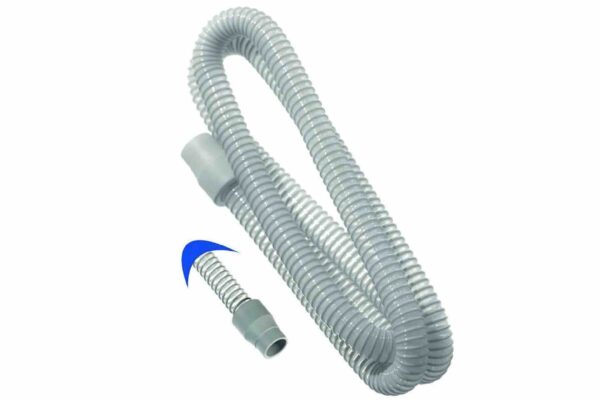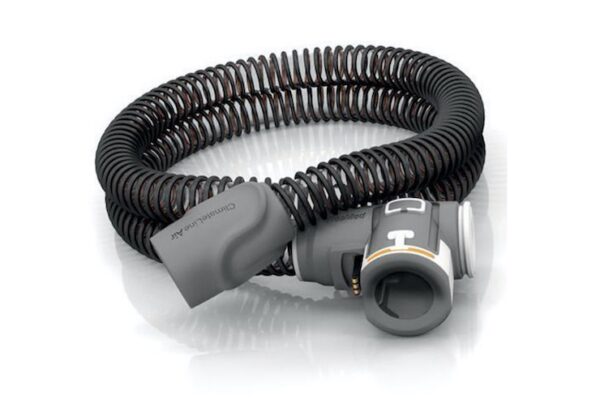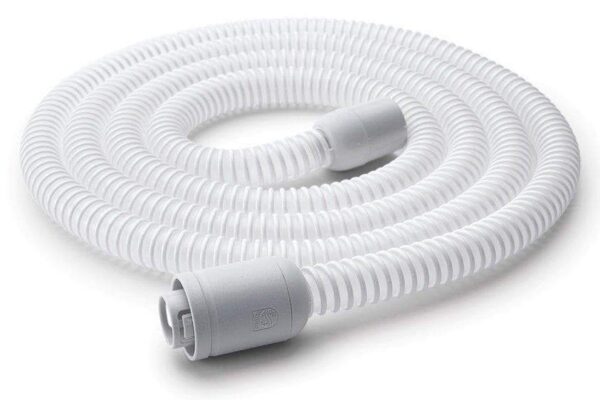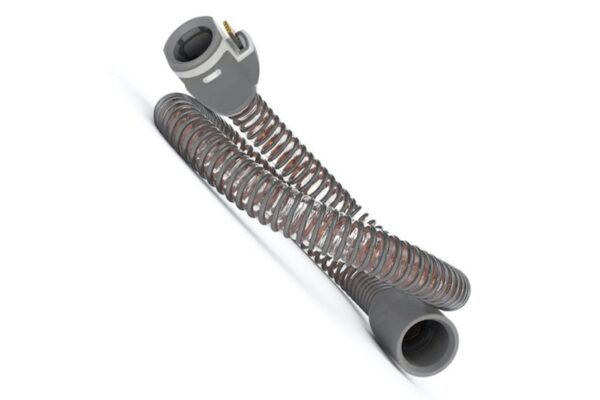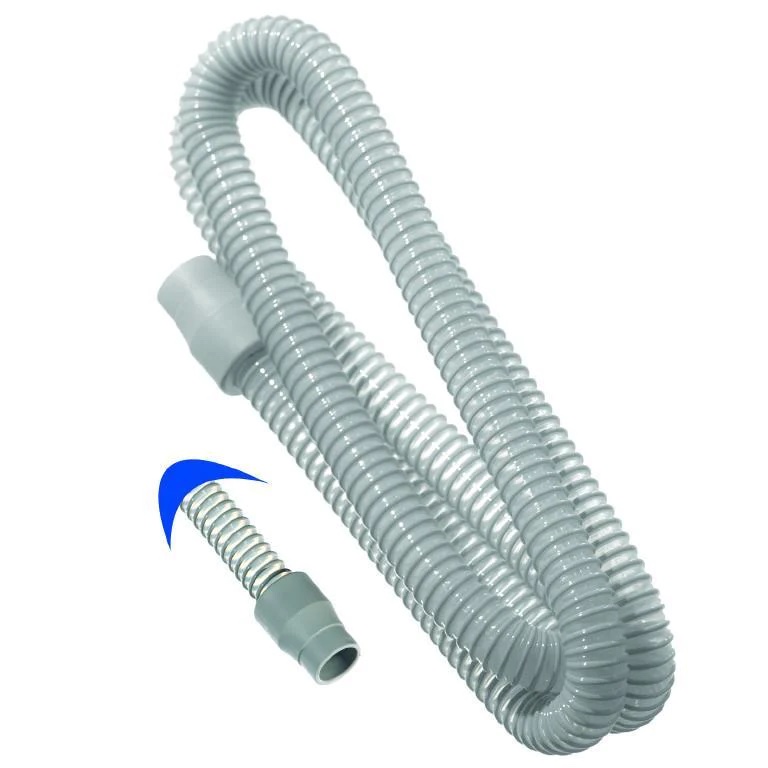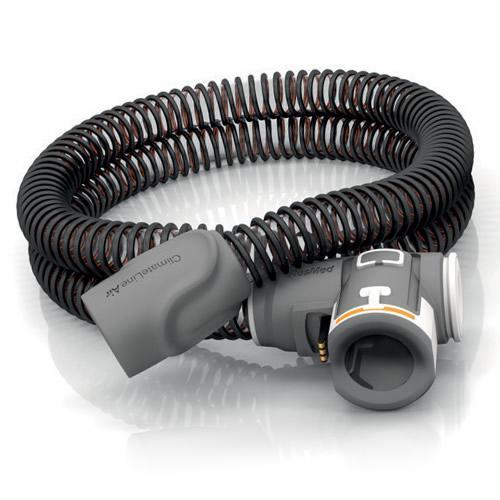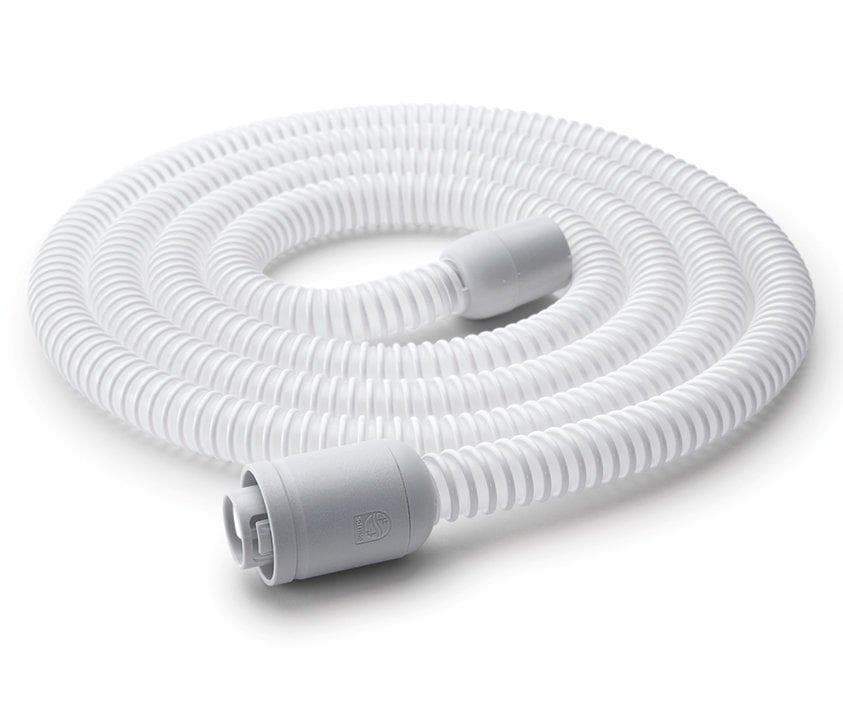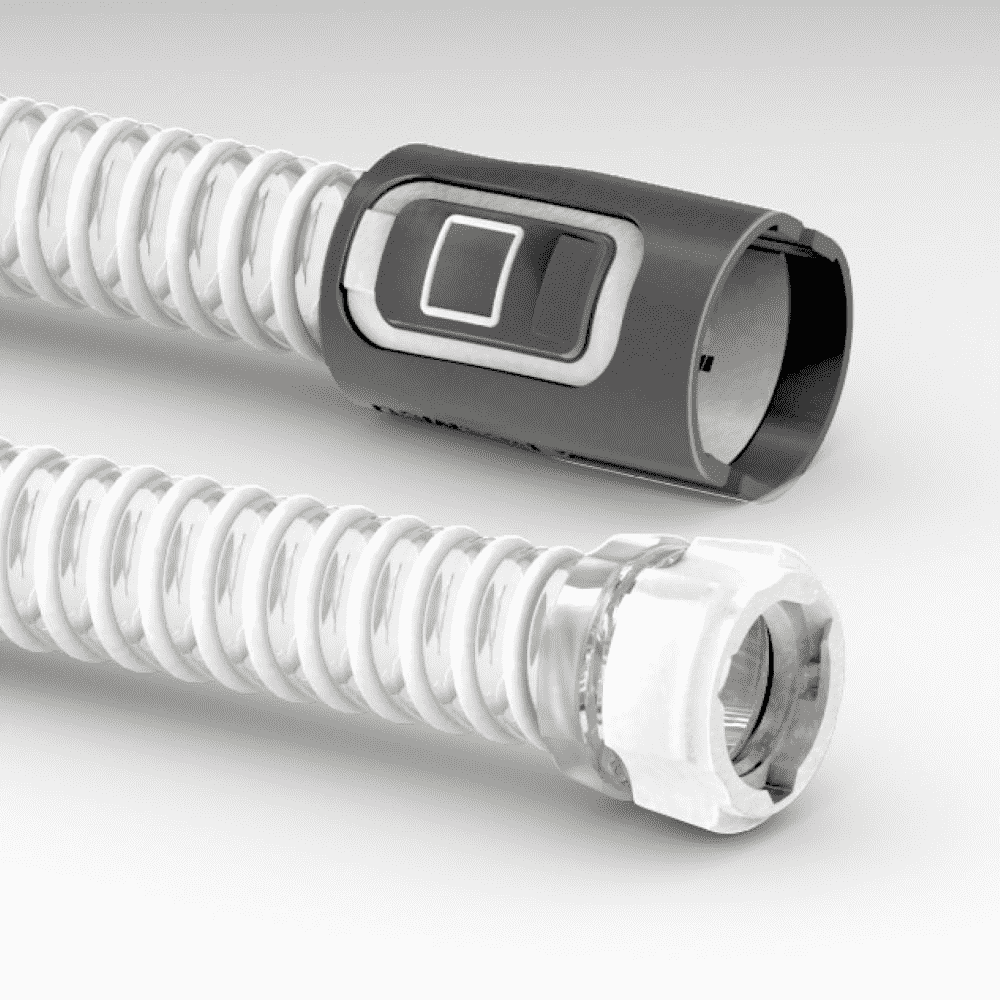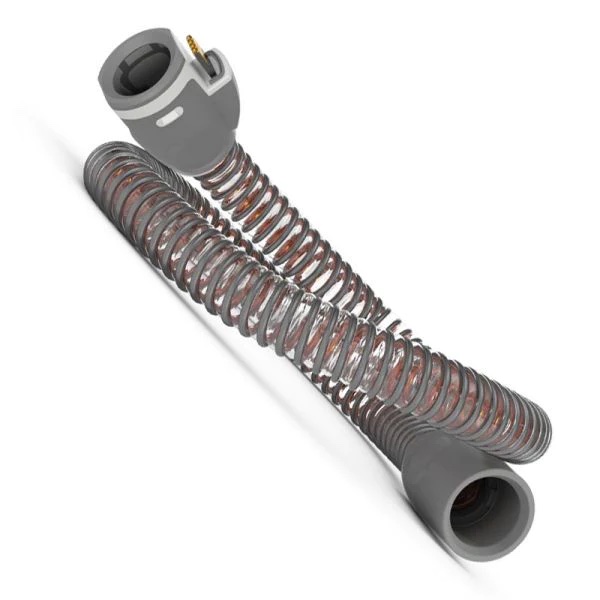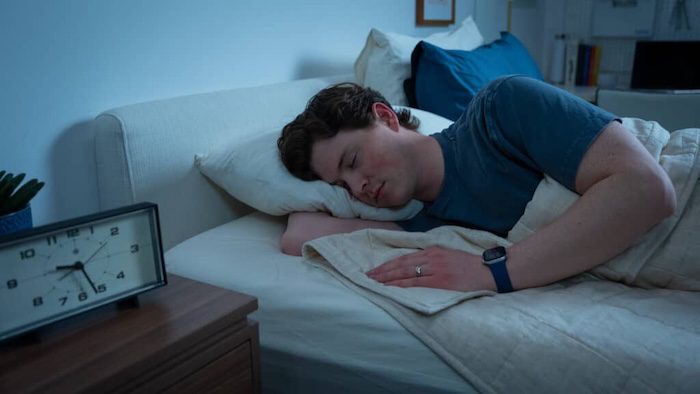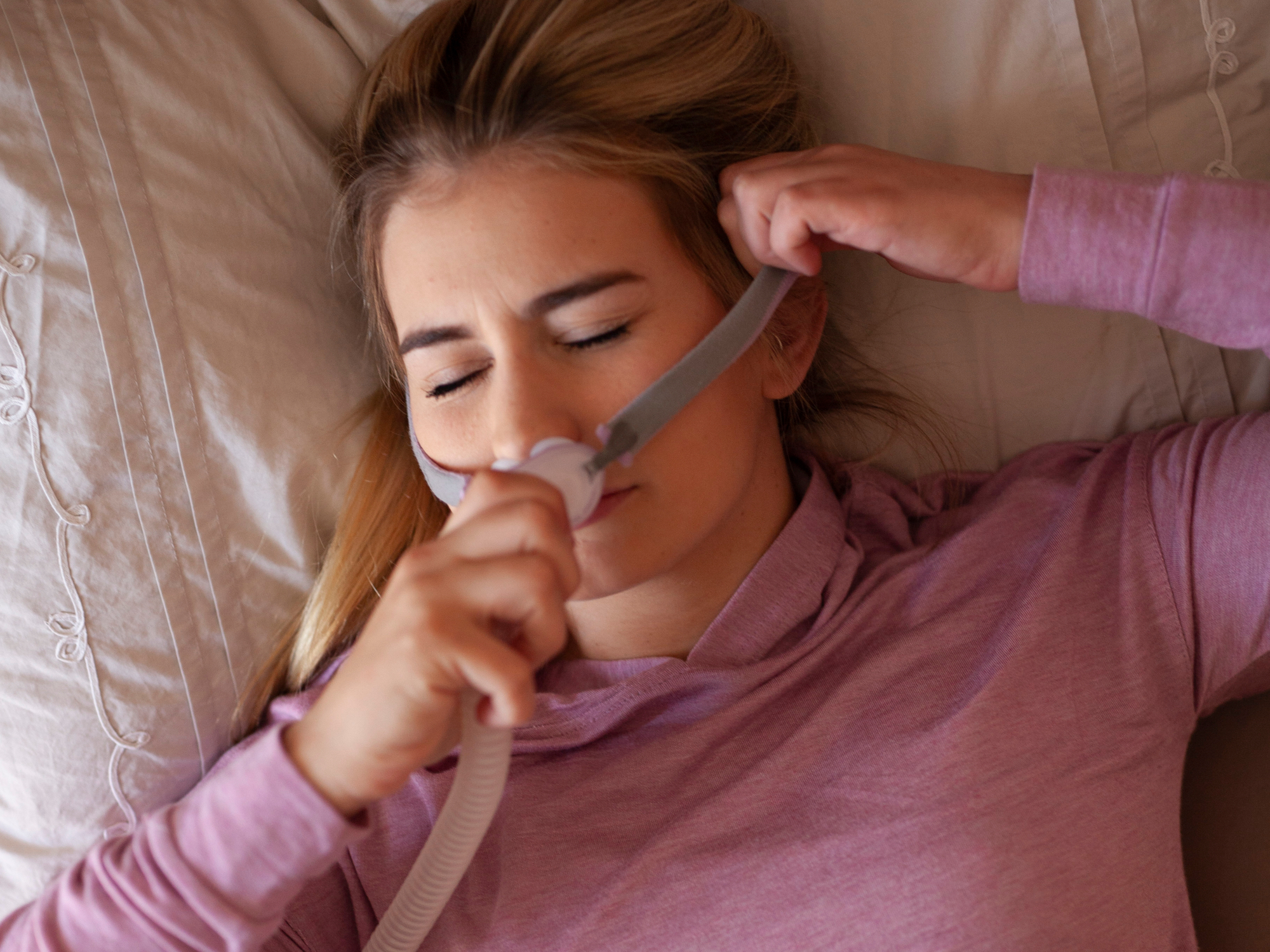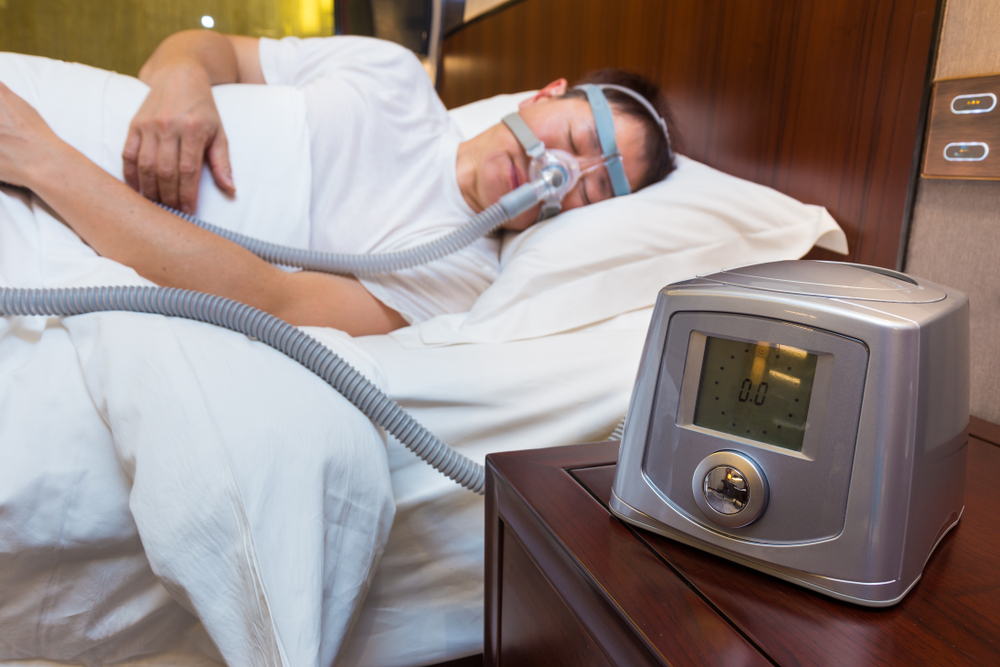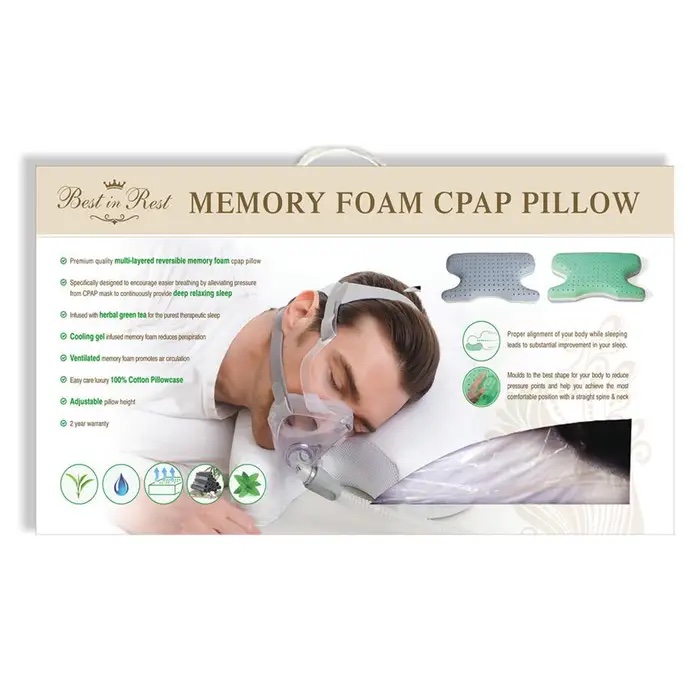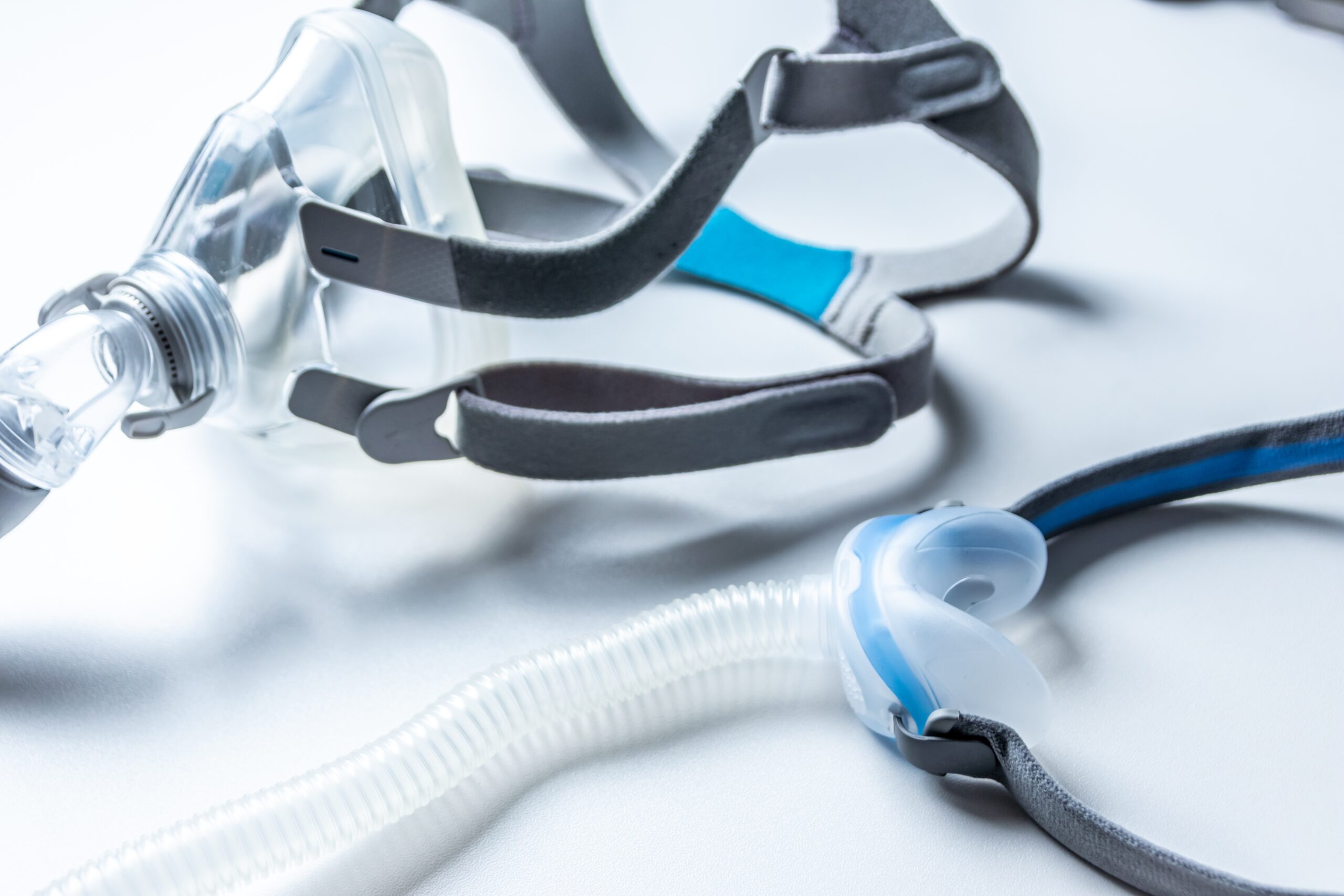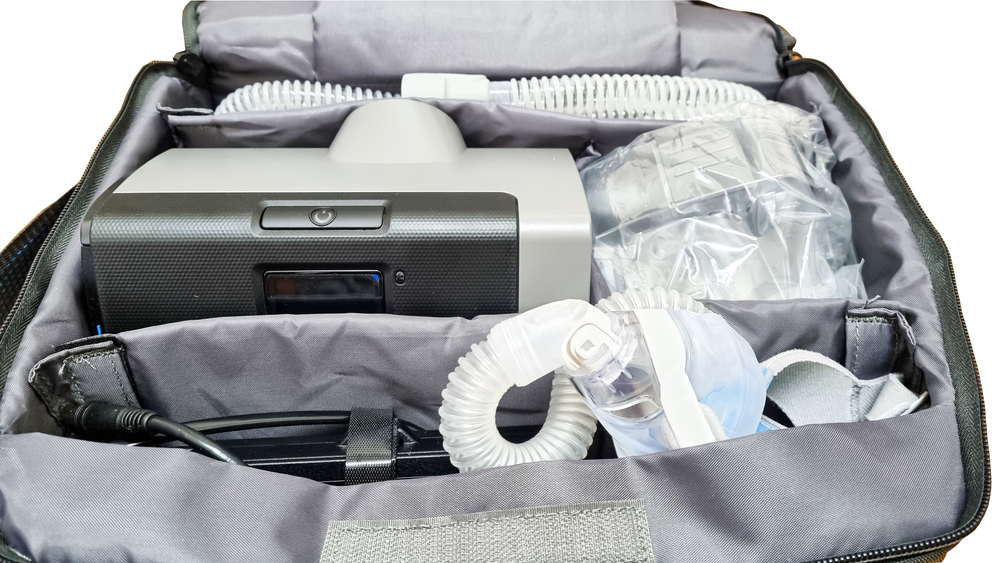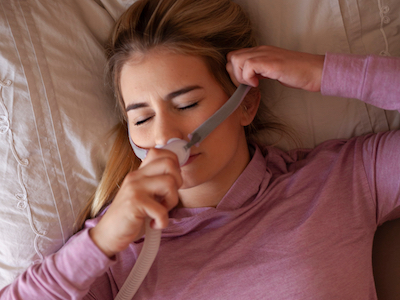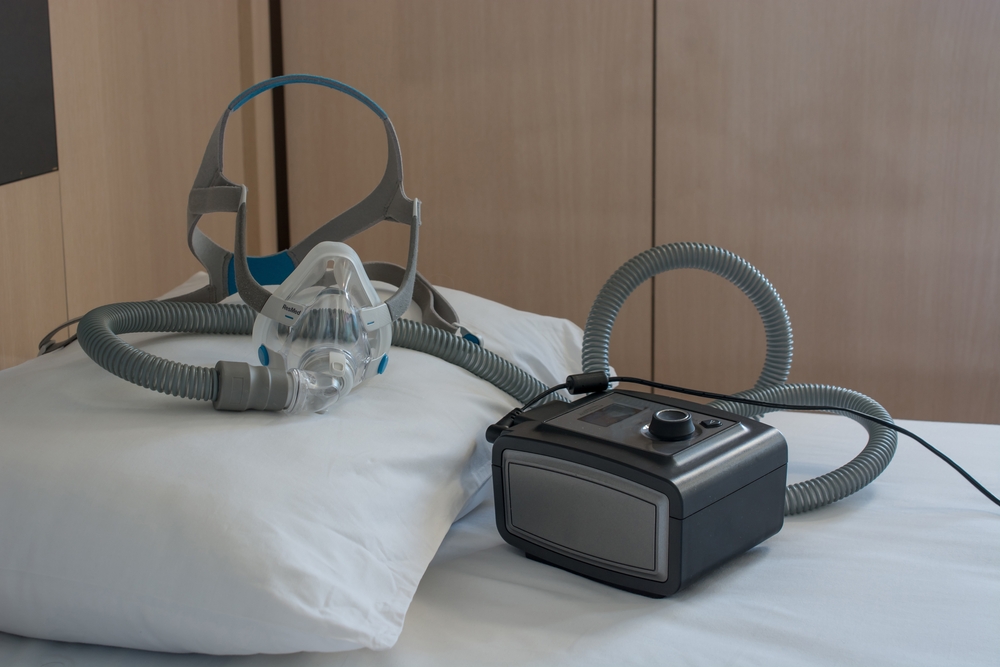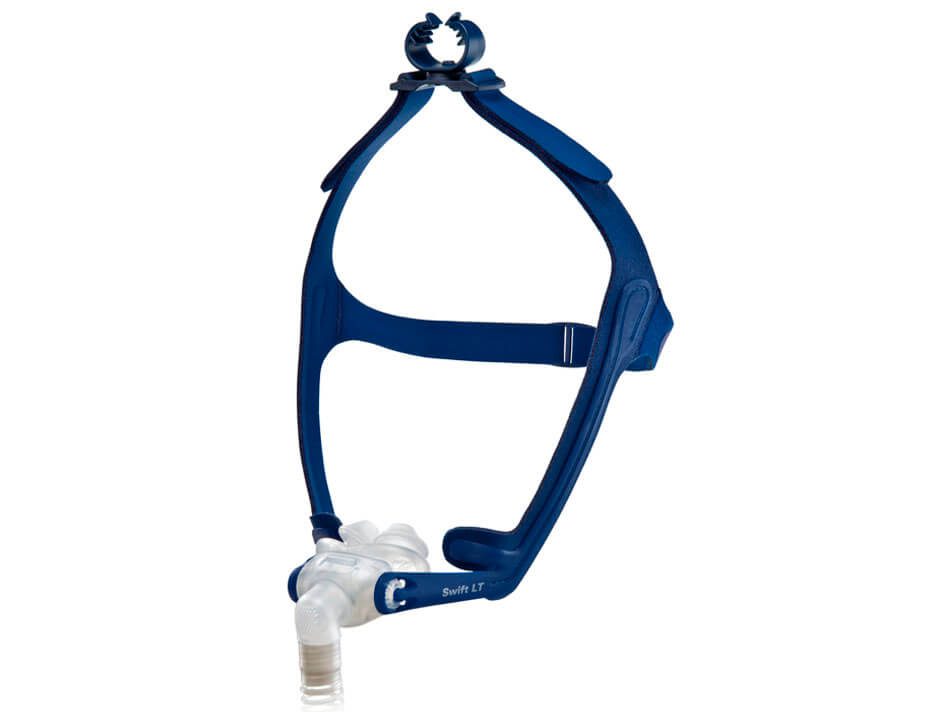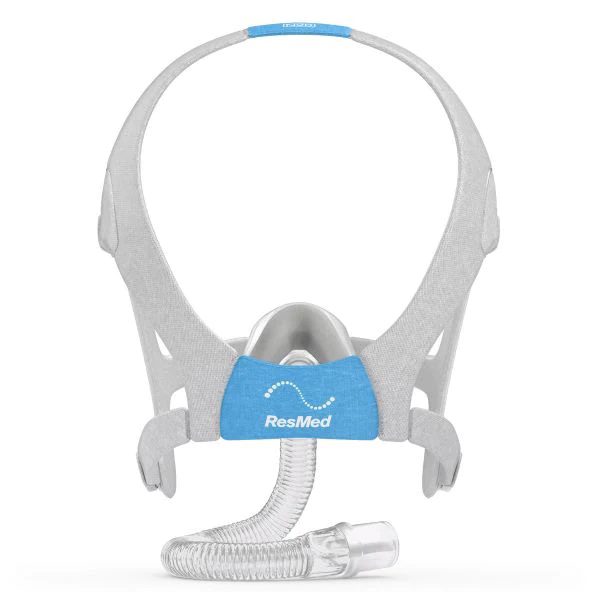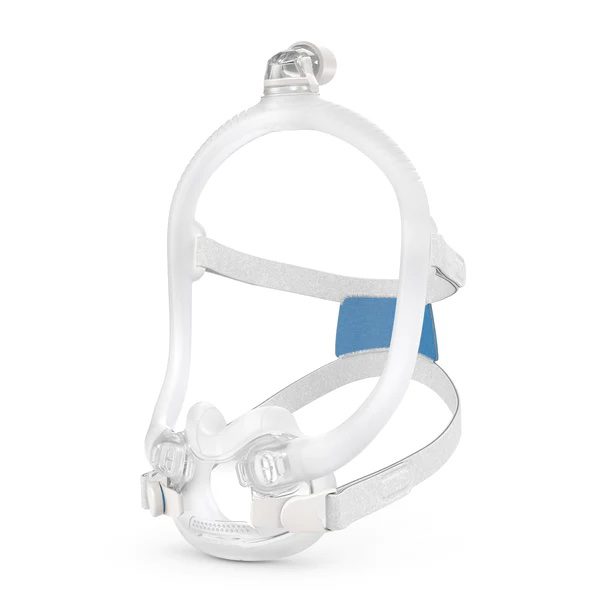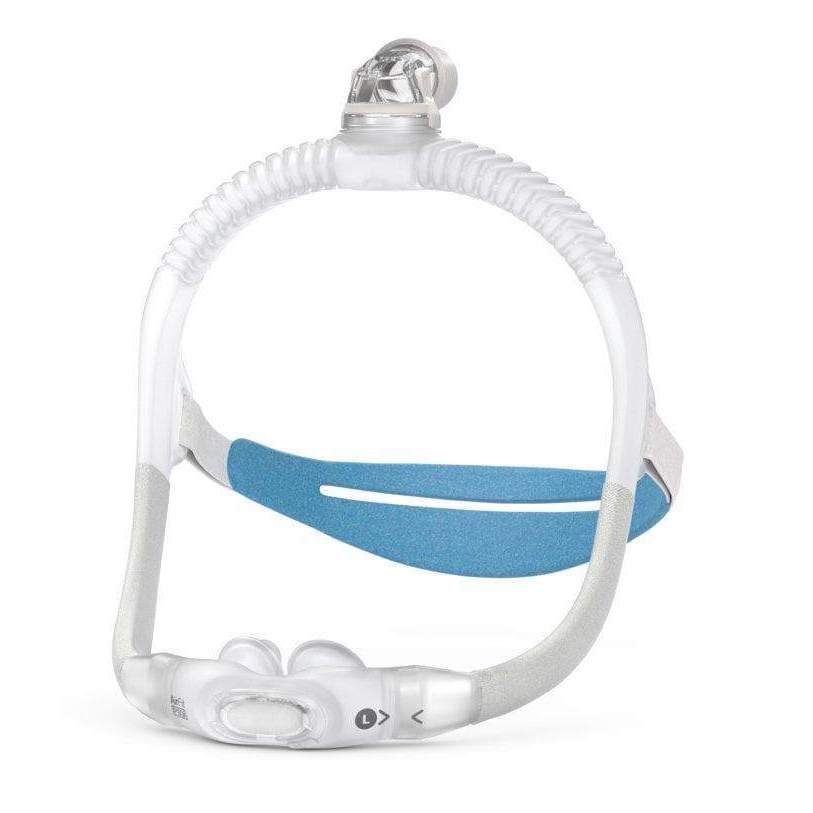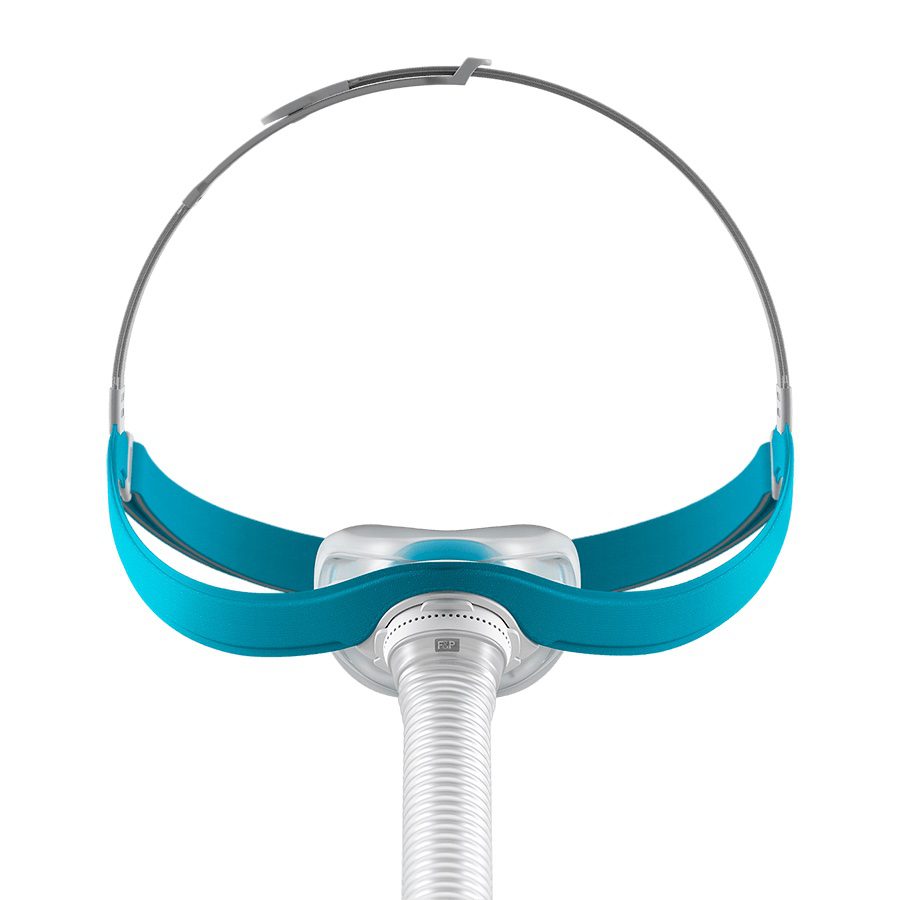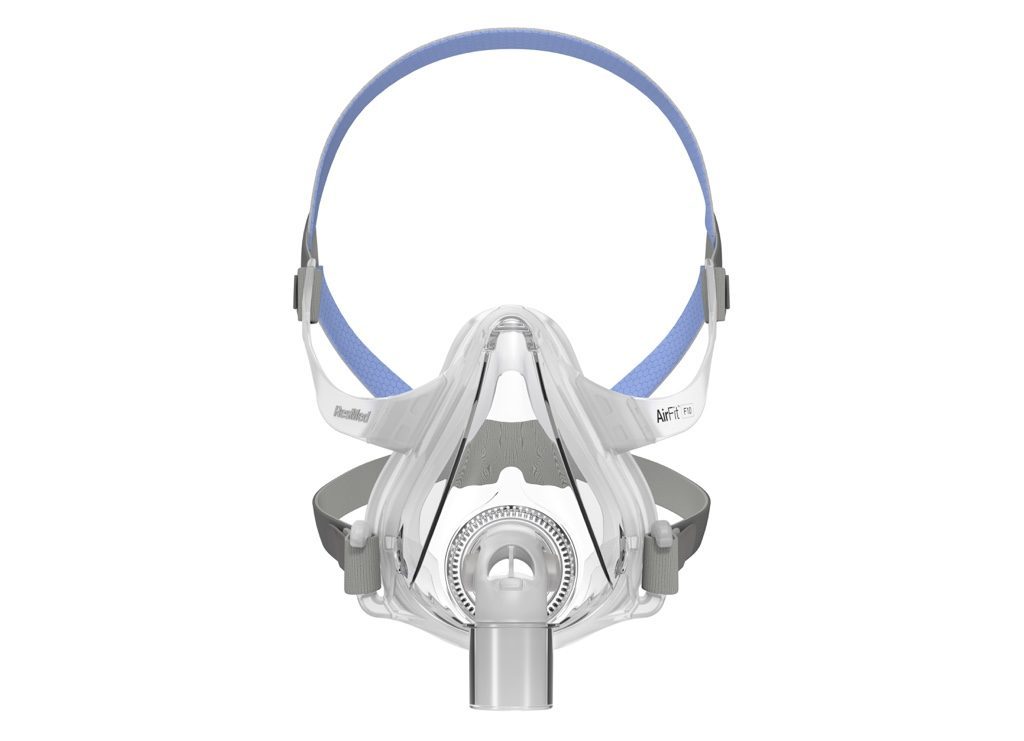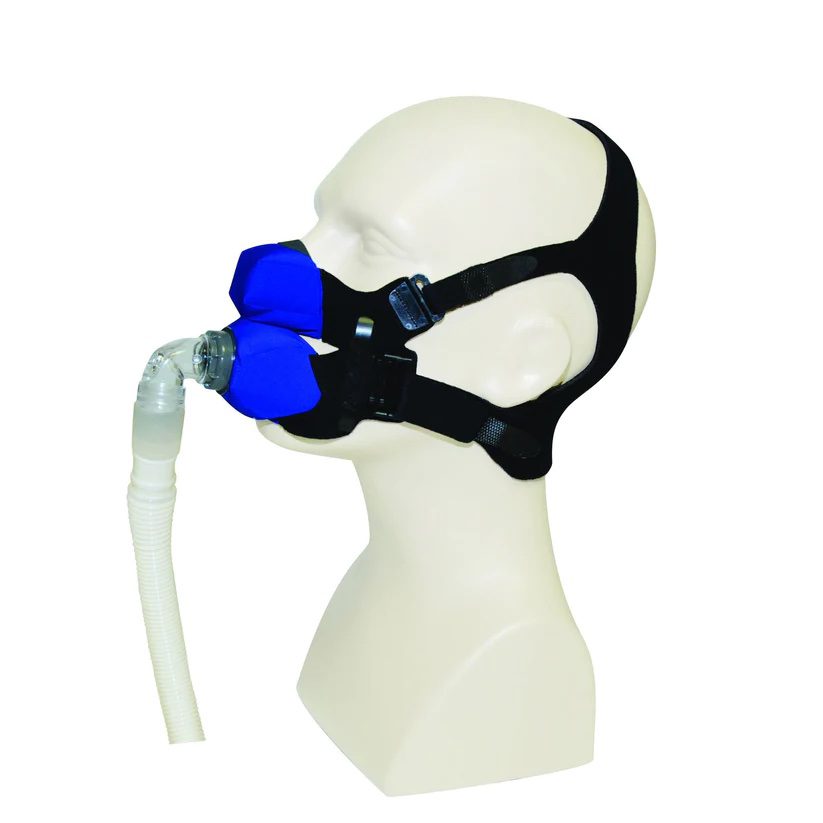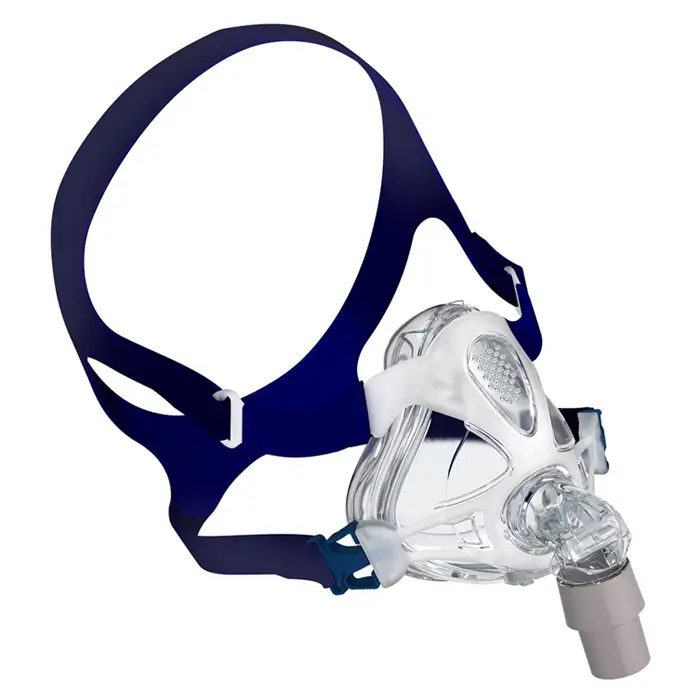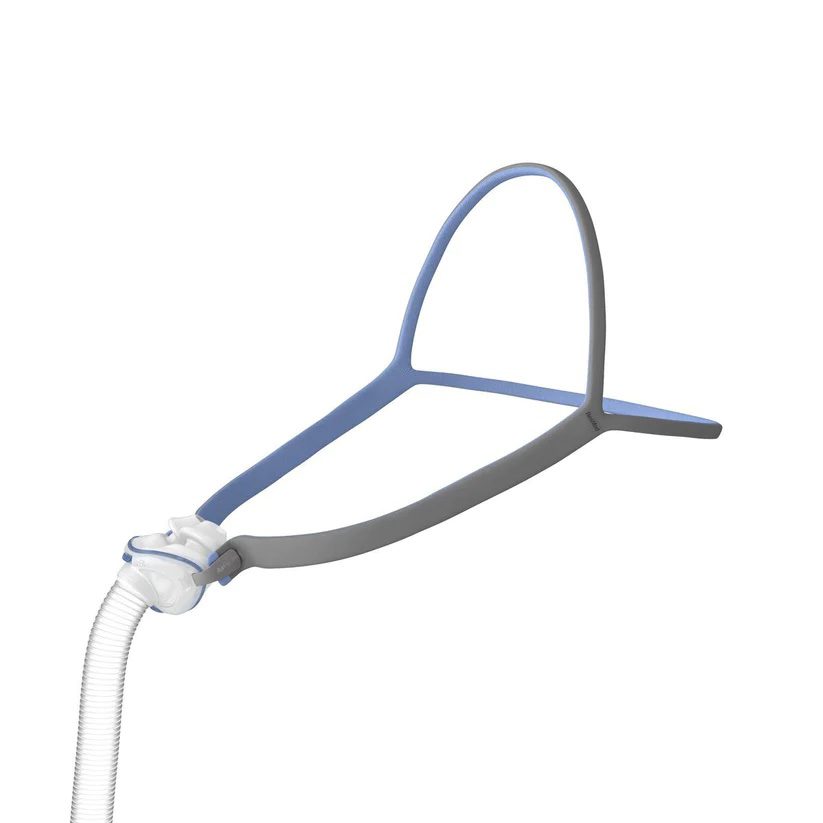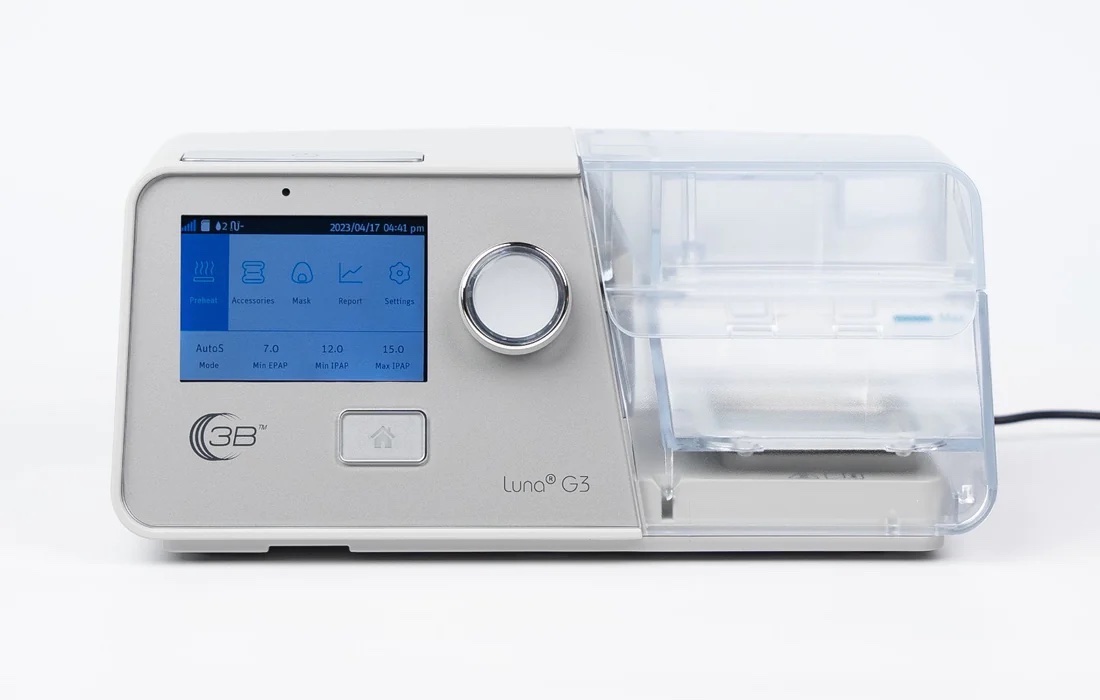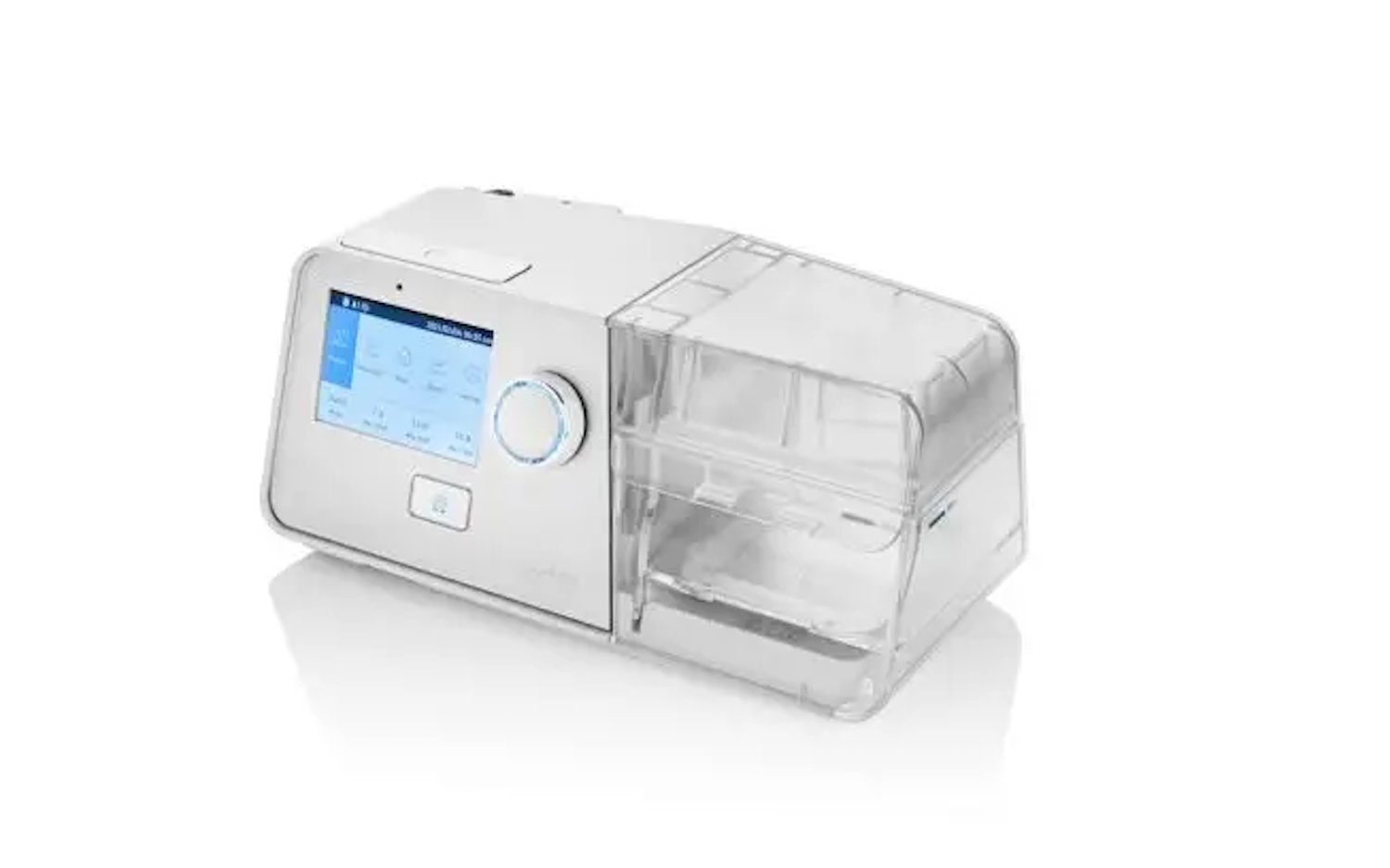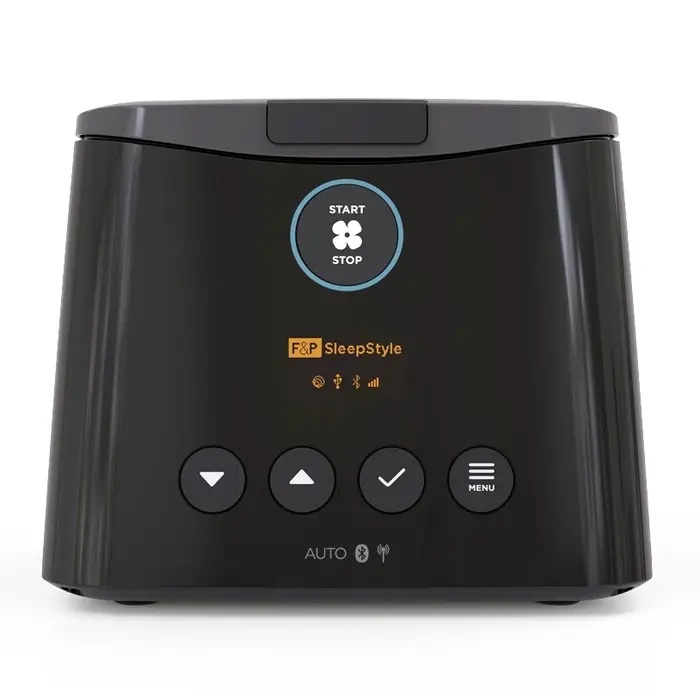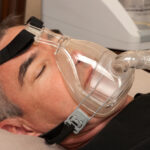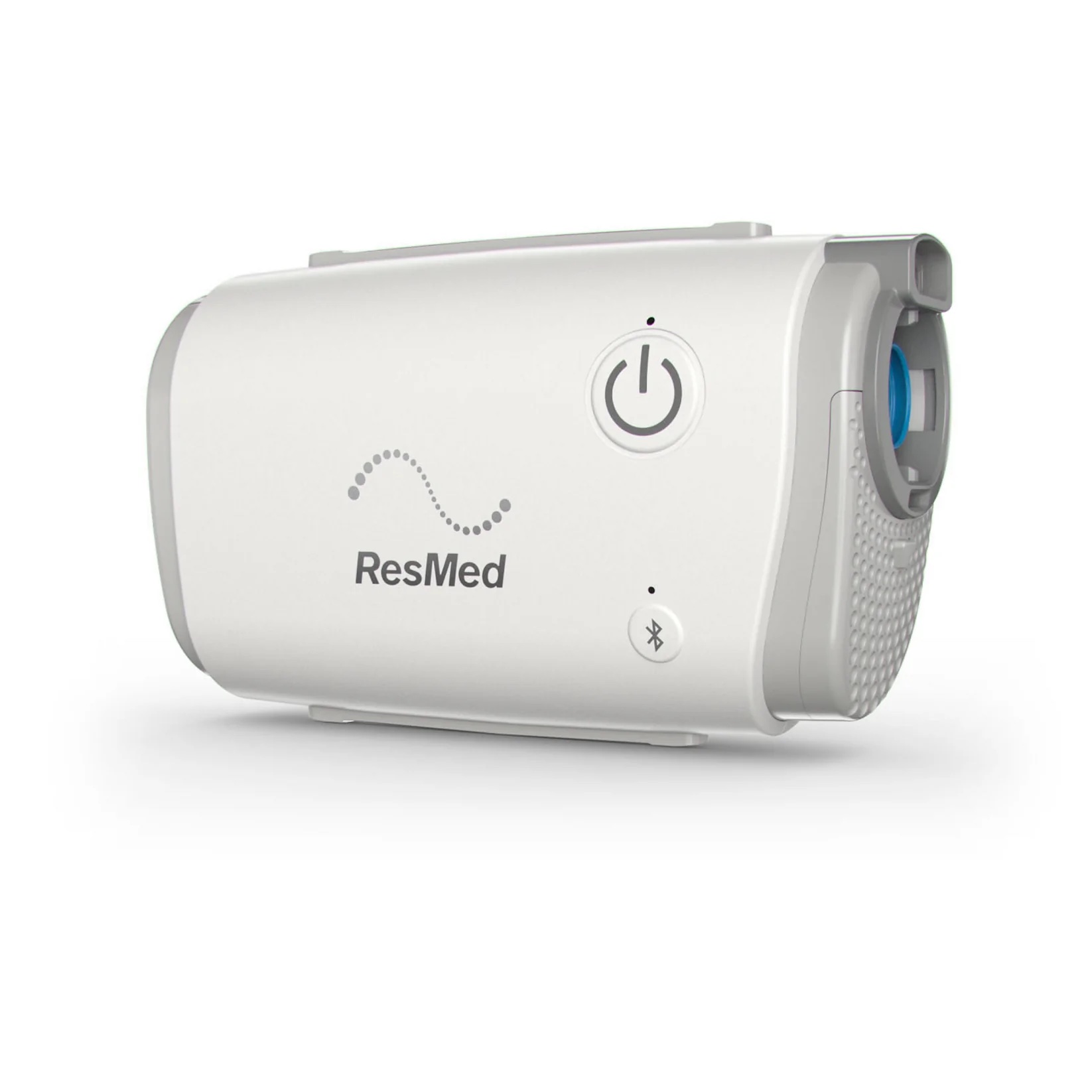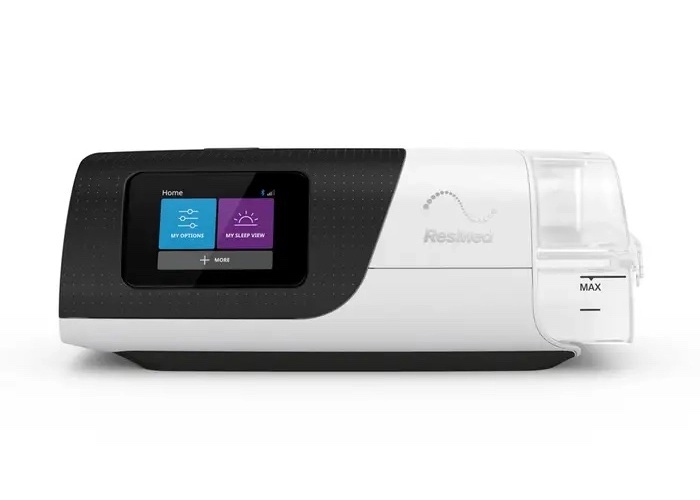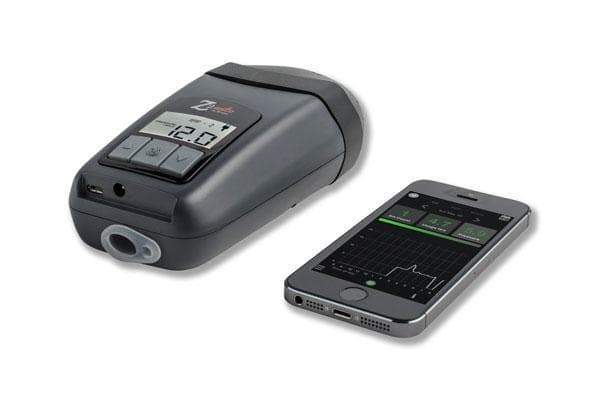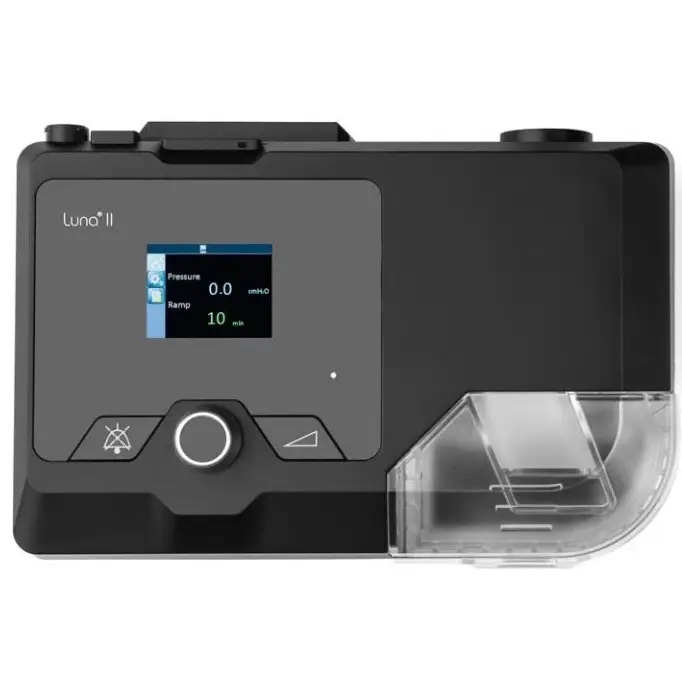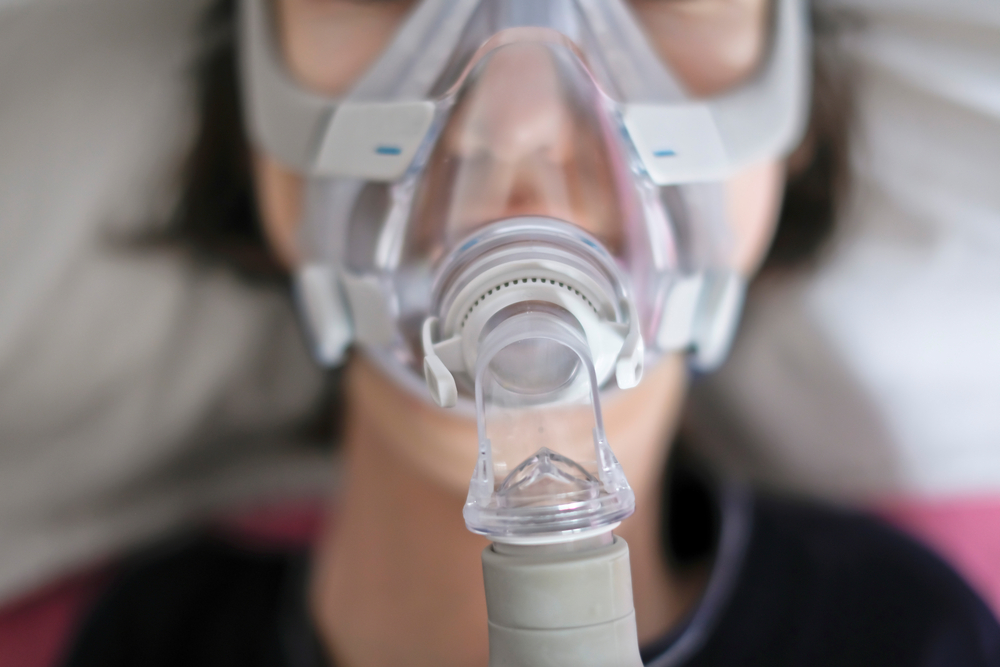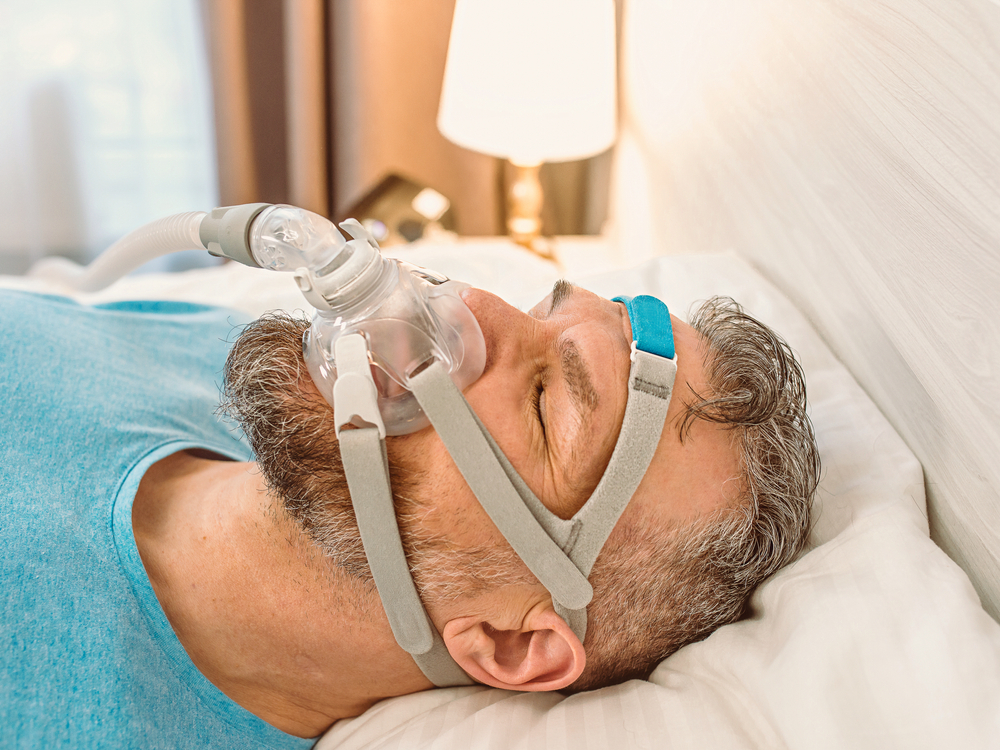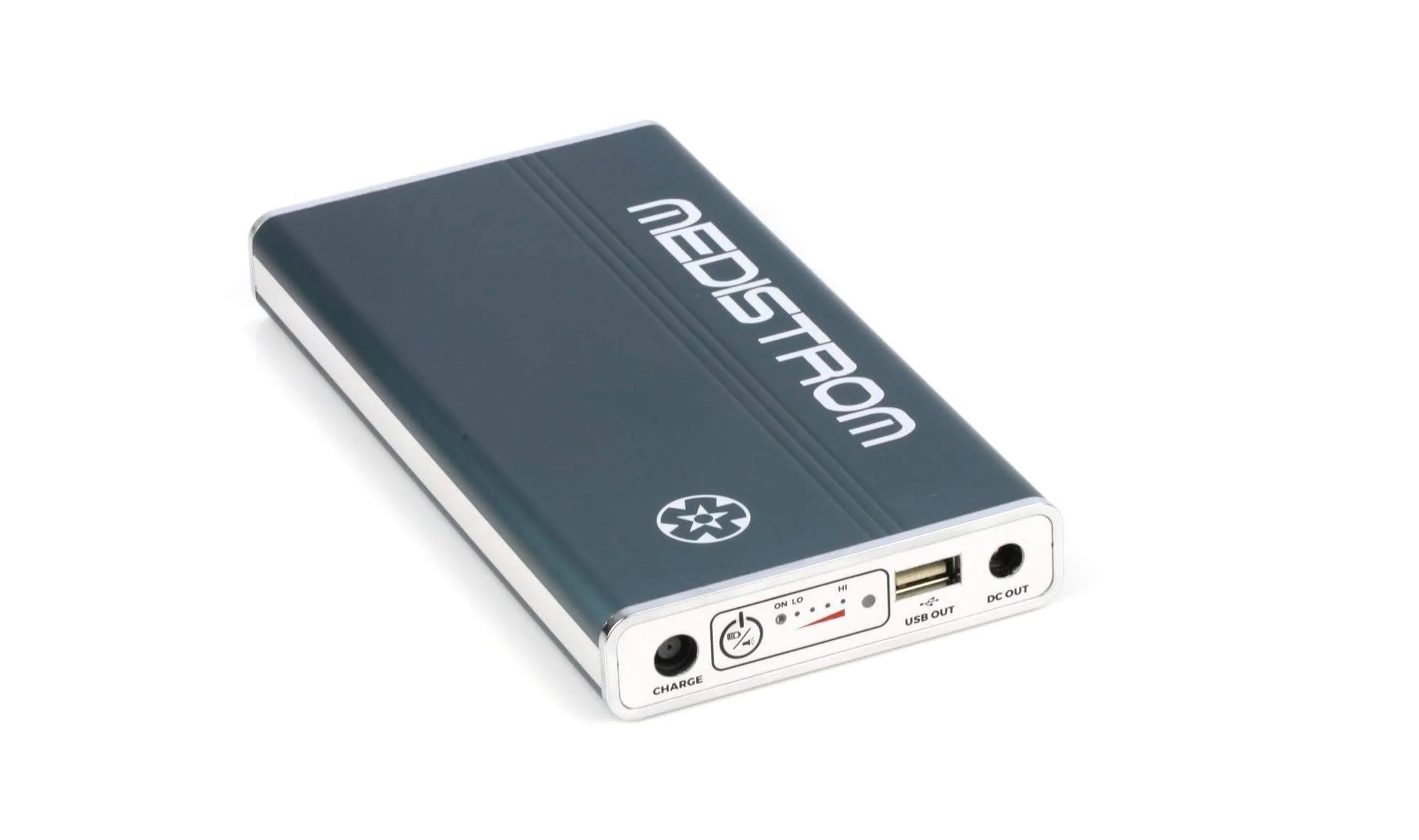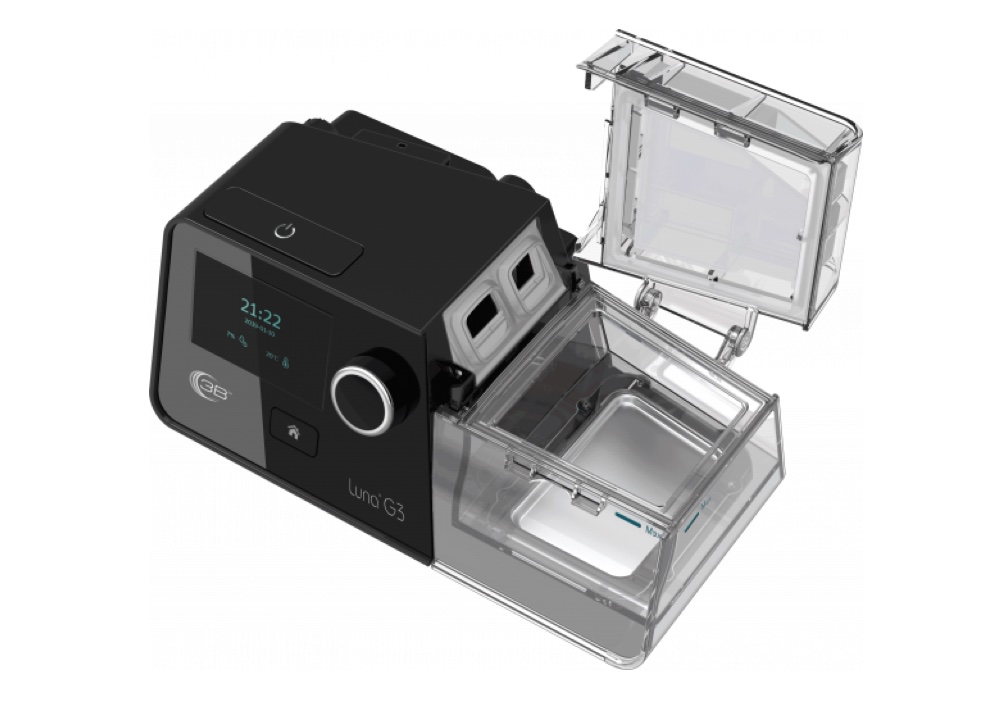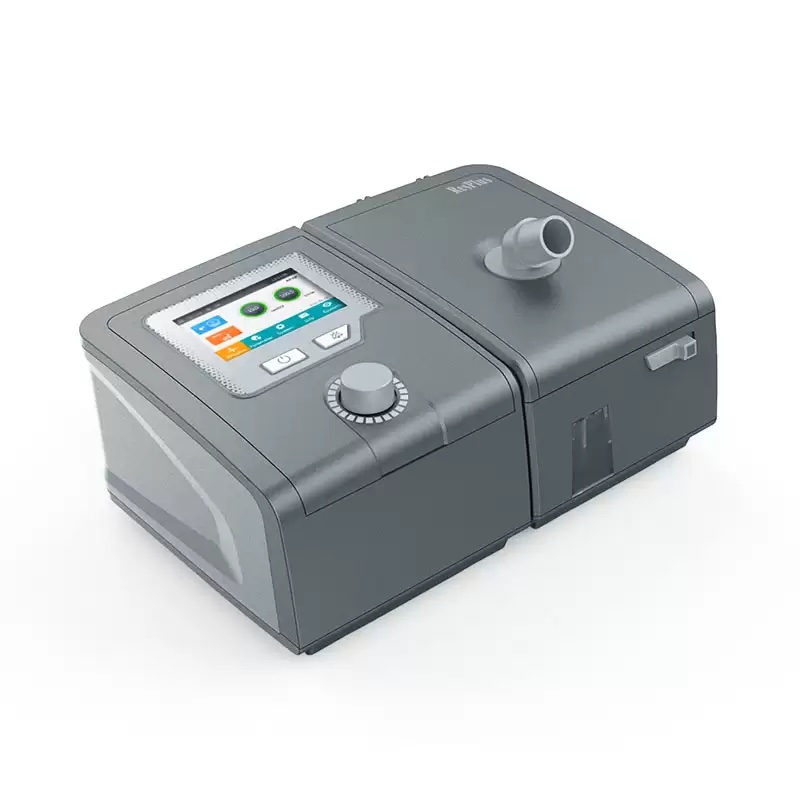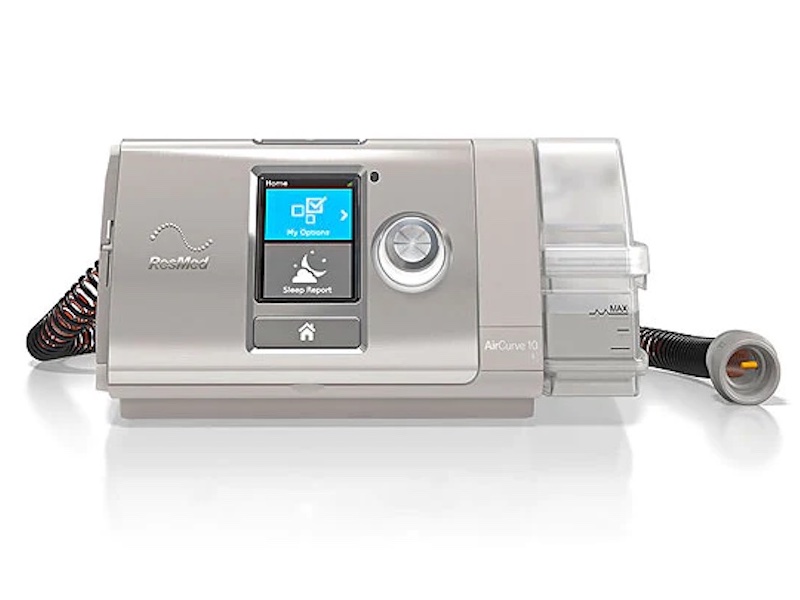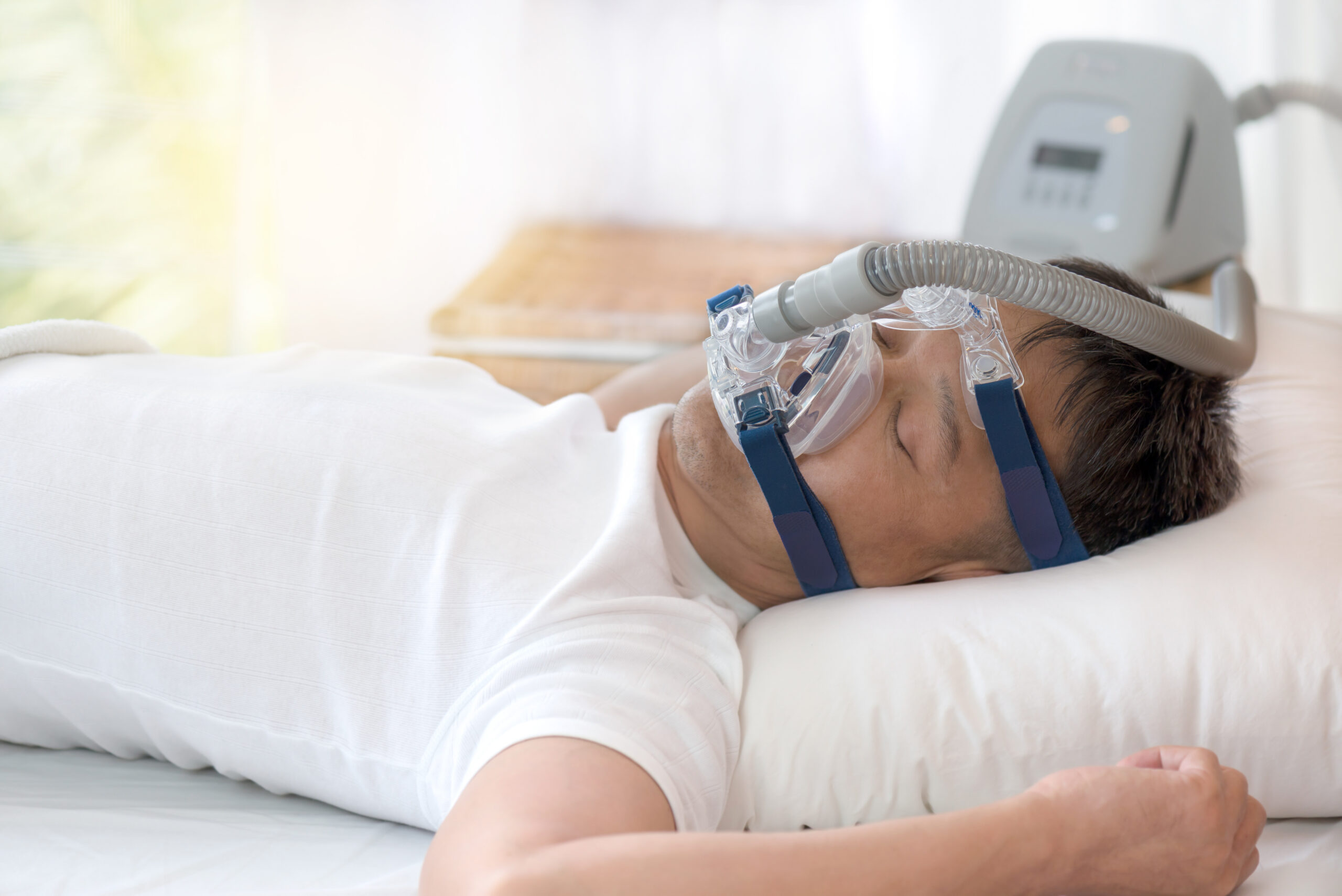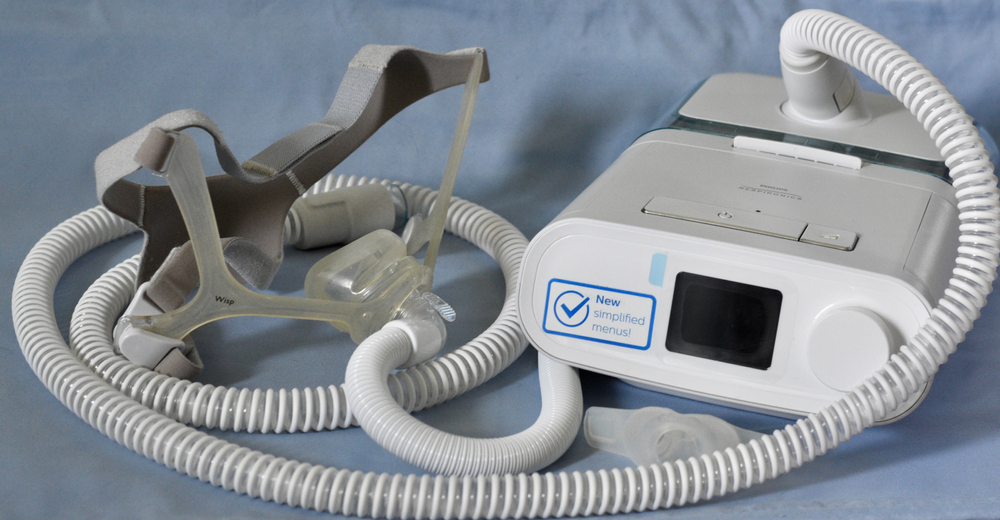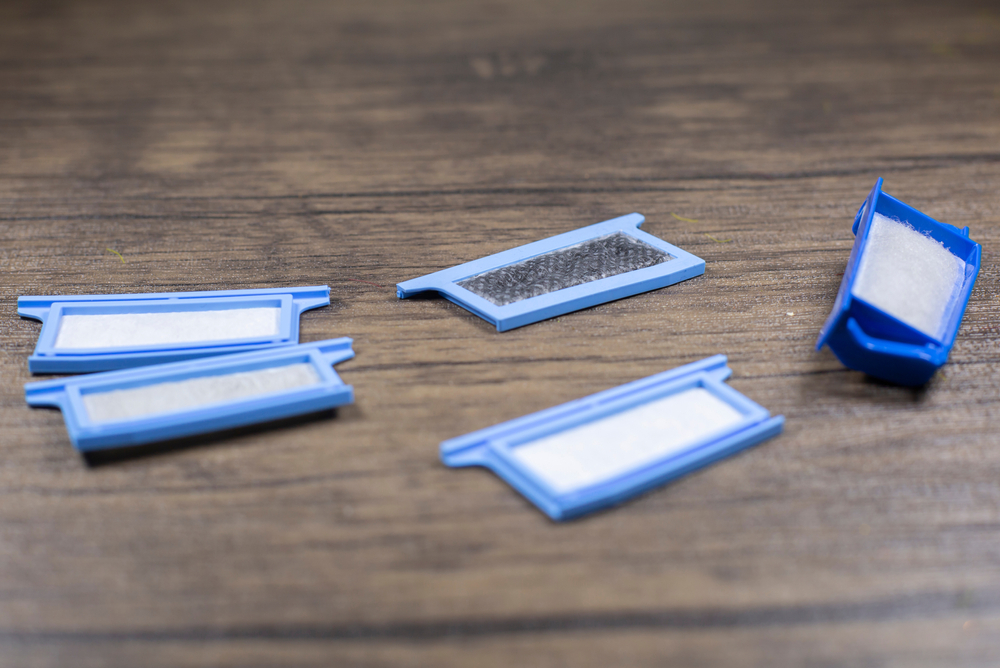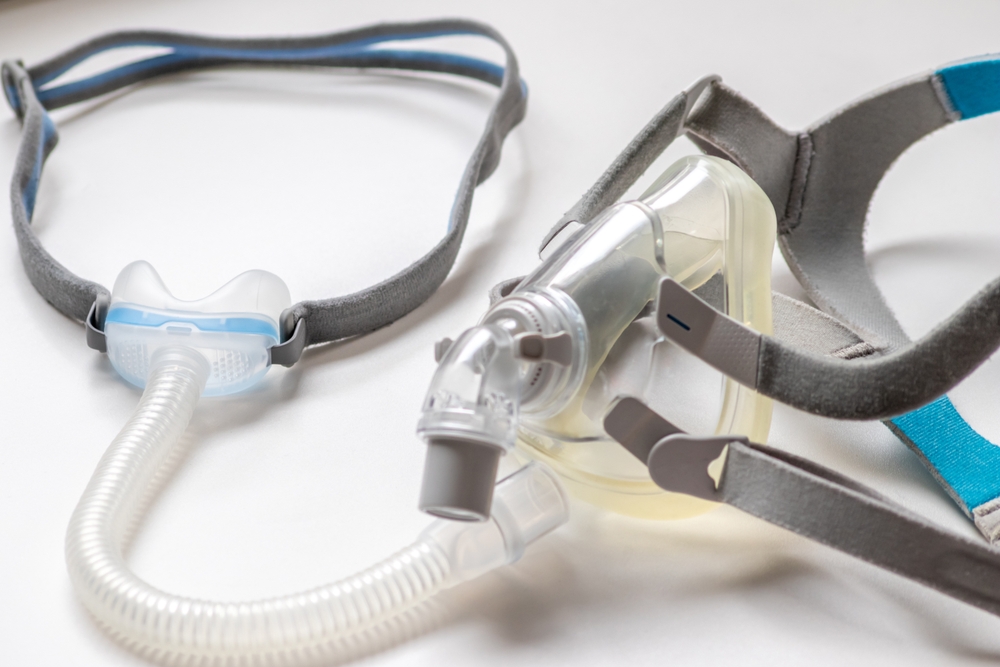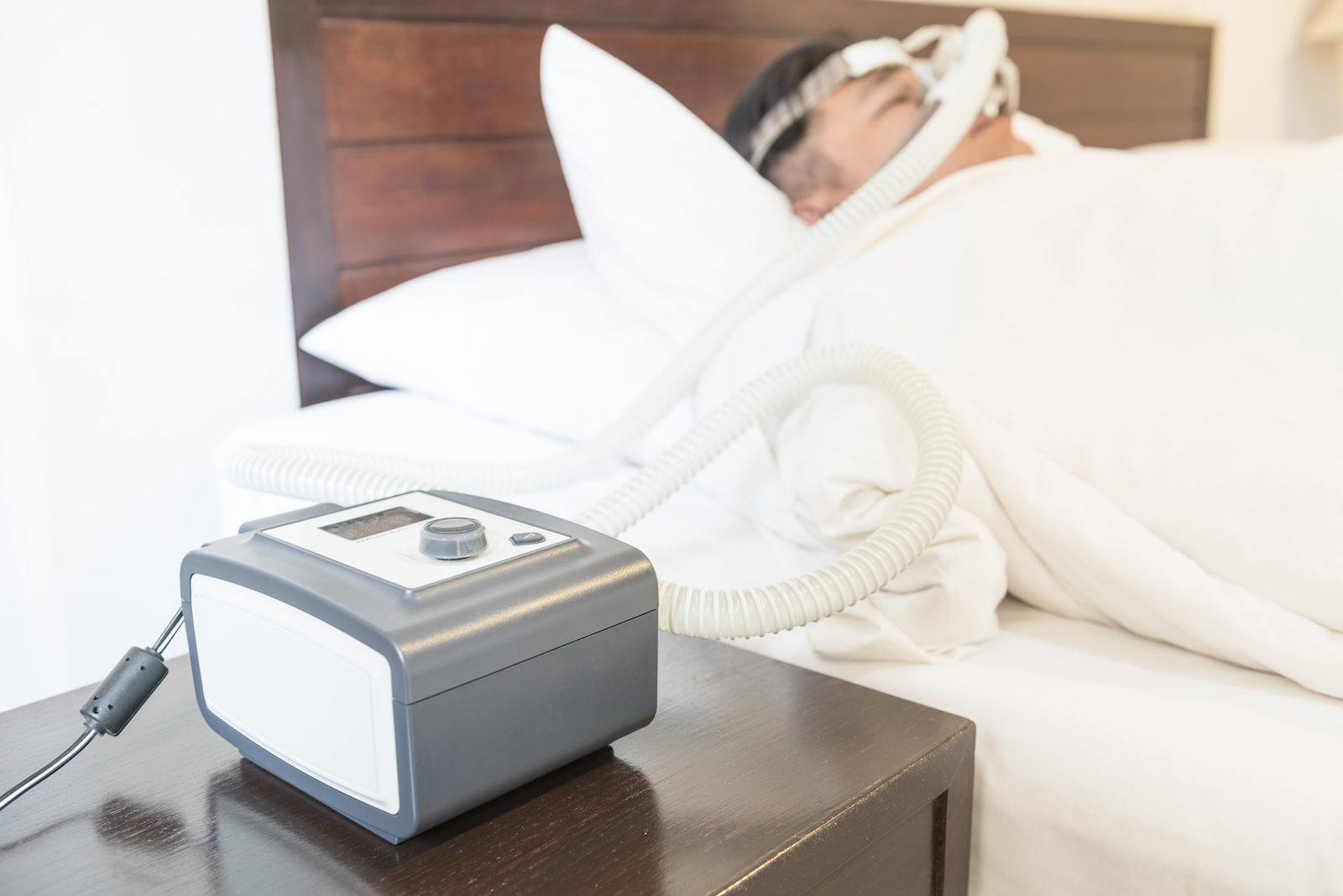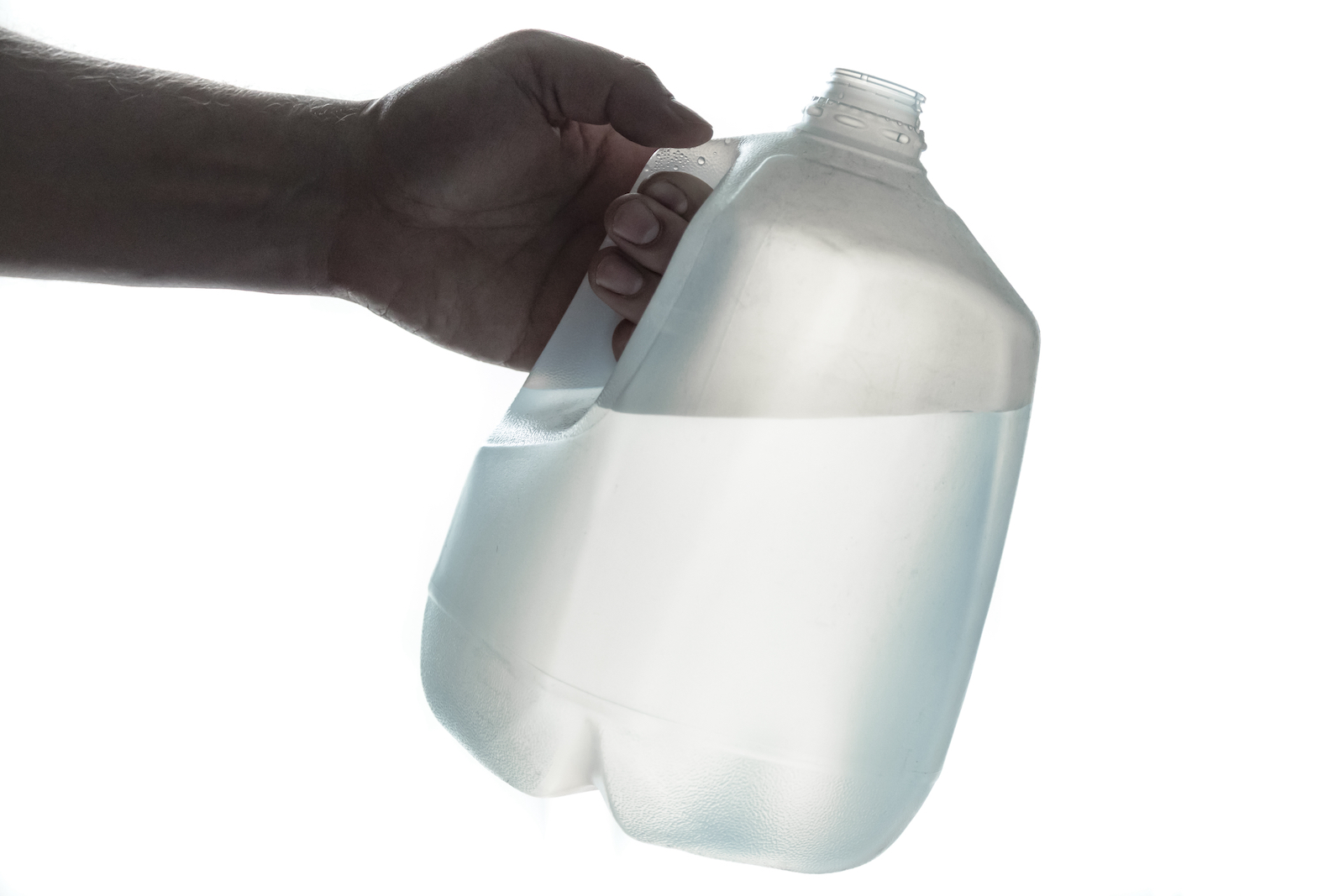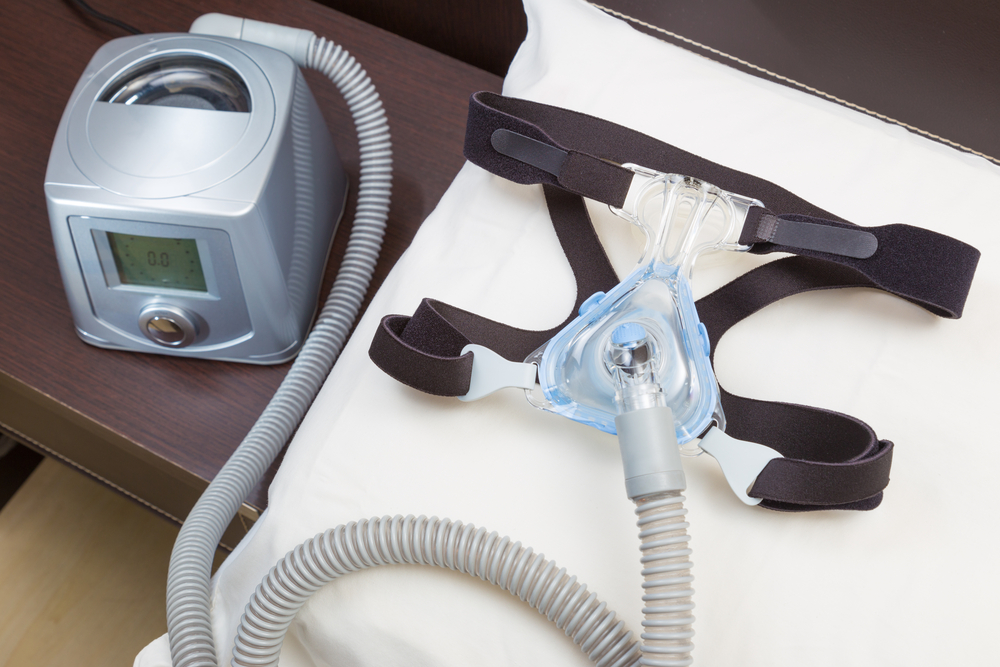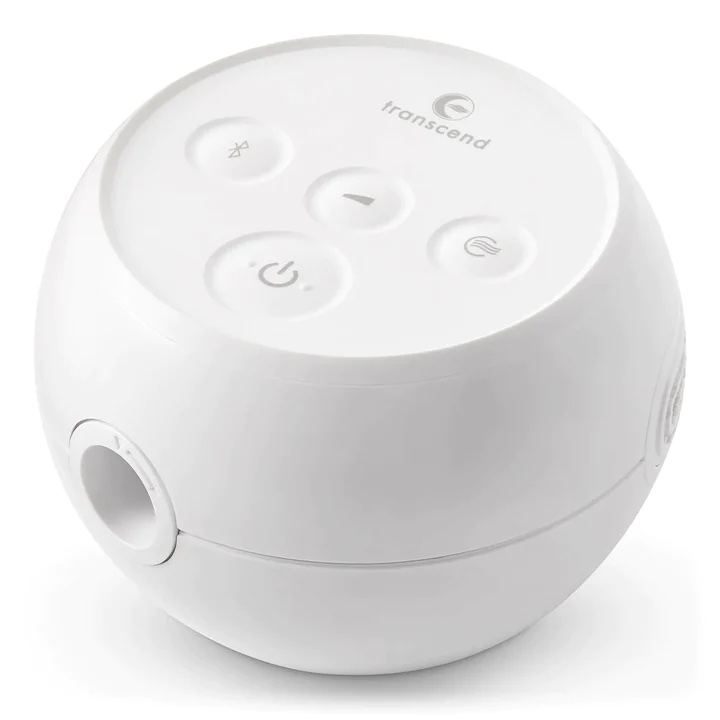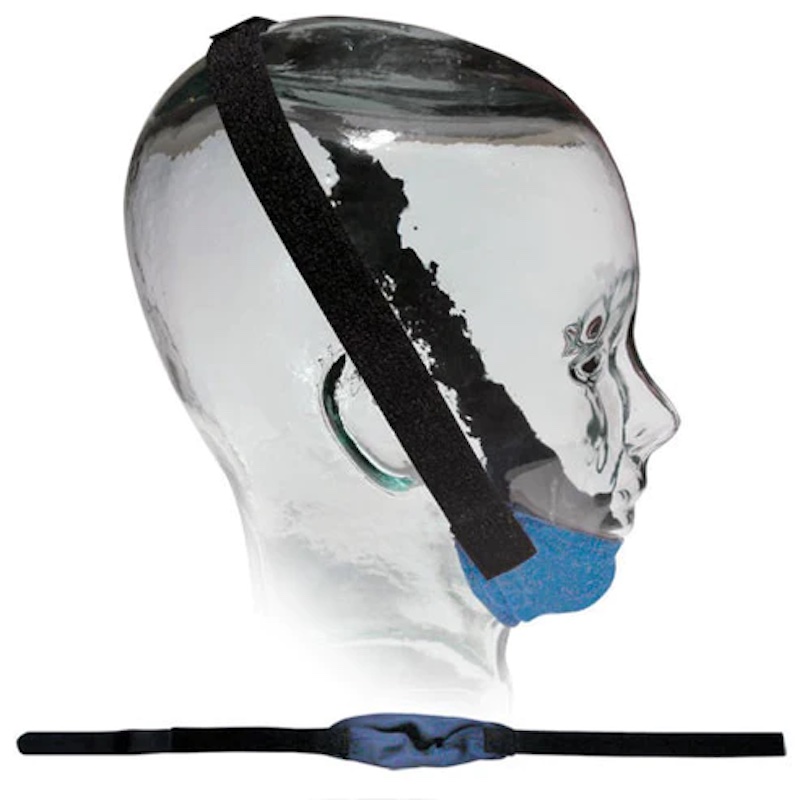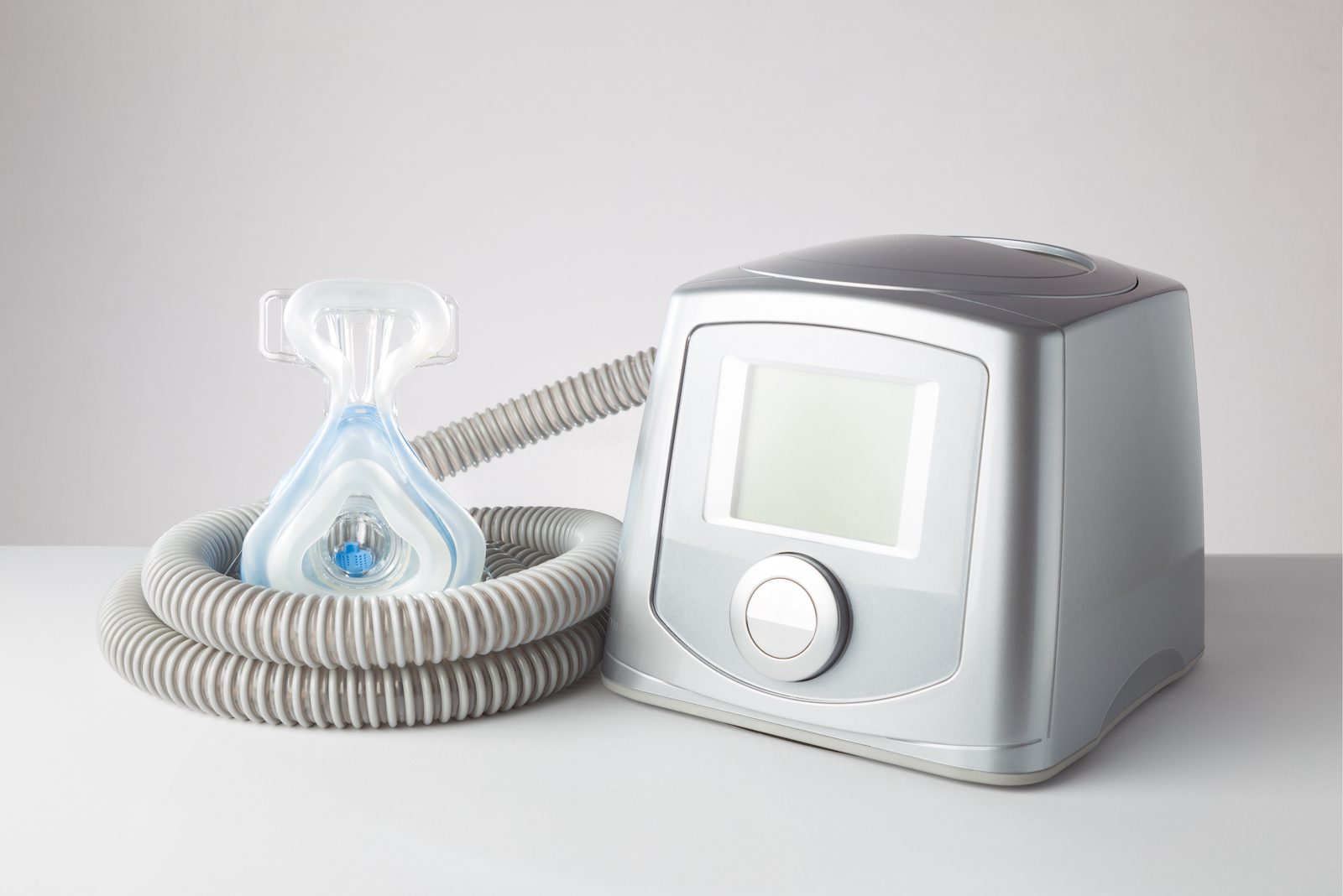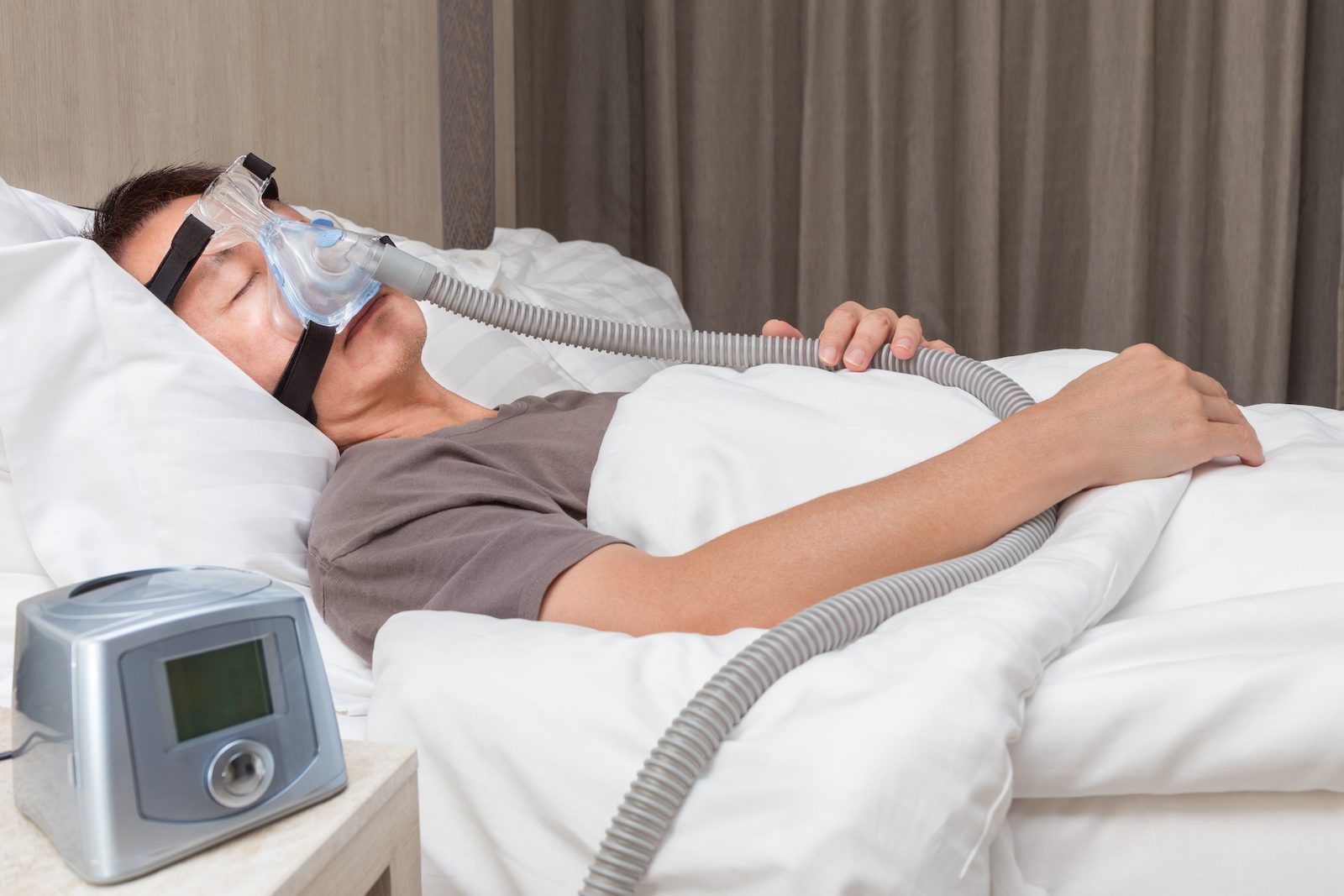Continuous positive airway pressure (CPAP) machines are a common treatment option for people diagnosed with sleep apnea. The devices deliver pressurized air via a hose and mask to keep the user’s airway open during sleep.
While it’s important for CPAP users to choose the best mask and machine for their needs, finding the right CPAP hose is important, too, since the hose is what allows the pressurized air to reach the user.
We’ll walk you through some of the best CPAP hoses on the market, including who they’re best for and who should look elsewhere. We’ll also ensure that you’re equipped with general tubing information and tips, including the differences between types of CPAP hoses and how to keep them clean.
Best Overall
Sunset Standard CPAP Tubing
Ideal For
- Shoppers on a tight budget
- CPAP users who need more than 6 feet of hose length
- Active sleepers looking for a flexible hose
Who should keep looking
- People who want heated tubing
- Travelers looking for a less bulky hose
- CPAP users with machines that require brand-specific tubing
-
Price
$5
-
Diameter
19 mm diameter
-
Dimensions
6 ft., 8 ft., 10 ft.
The Sunset Standard CPAP Tubing is an exceptionally budget-friendly choice that still provides users with the durability and flexibility required in a CPAP hose. The tubing has a 19-millimeter diameter with a standard 22-millimeter cuff, making it compatible with the vast majority of CPAP machines and masks.
In addition to the standard 6-foot length, this hose is also available in 8-foot and 10-foot options. The longer styles may be useful for active sleepers who want to avoid pulling on their hose, particularly since its corrugated design provides plenty of flexibility. However, a hose cover may be useful for longer hoses to prevent tangling.
With a below-average price-point even in the 10-foot model, the Sunset Standard CPAP Tubing is a highly functional and durable option for CPAP users looking for basic tubing in an affordable package.
Use this SleepApnea.org link for the most current discount on Sunset products
Shop NowBest for ResMed AirSense 10 and AirCurve 10
ClimateLineAir Heated Tubing for ResMed
Ideal For
- Anyone using a compatible ResMed machine
- People experiencing hose condensation
- Active sleepers who find 6-foot hoses too restrictive
Who should keep looking
- Shoppers on a tight budget
- Those with an incompatible CPAP machine
- CPAP users who prefer a standard hose
-
Price
$40
-
Diameter
15 mm diameter
-
Dimensions
6 ft., 6 in. length
Designed for use with ResMed’s AirSense 10, AirCurve 10, and Lumis devices, the ClimateLineAir Heated Tubing features controllable heating technology with humidity sensors that can help prevent condensation.
Users can choose the Climate Control Auto mode on their machine for automatic temperature and humidity adjustment, or manually set the hose’s temperature between 60 and 86 degrees Fahrenheit. Humidity levels can also be adjusted, though changing these settings limits the hose’s condensation protections.
The ClimateLineAir’s slim-style 15-millimeter interior diameter makes this hose more lightweight than most heated tubing. At 6 feet, 6 inches long, the hose is likely to satisfy most active sleepers, particularly since it is unlikely to tangle or catch on bedding.
ResMed suggests that the ClimateLineAir hose be cleaned weekly with warm, soapy water and replaced every six months. The tubing comes with a 90-day warranty covering manufacturing and material defects.
Use this SleepApnea.org link for the most current discount on ResMed products
Shop NowBest for Philips Respironics Machines
Philips Respironics Dreamstation Go 12mm Micro-Flex Tubing
Ideal For
- DreamStation Go users
- Travelers looking for an ultra-lightweight hose
- Active sleepers who appreciate flexible tubing
Who should keep looking
- CPAP users who don’t have a DreamStation Go machine
- People who prefer heated tubing
- Shoppers looking for a low yearly cost
-
Price
$39
-
Diameter
12 mm diameter
-
Dimensions
6 ft., 2 in. length
The DreamStation Go 12mm Micro-Flex Tubing by Philips Respironics is designed for use with the compact DreamStation Go travel CPAP machine. The tubing can work for frequent travelers as well, with an ultra-slim 12-millimeter diameter that makes it exceptionally lightweight.
This hosing has a corrugated design for more flexibility, and its small interior diameter keeps it from feeling as bulky as some other corrugated hoses. Active sleepers are likely to find that this hose works well for them, though a hose cover may be beneficial to keep it from tangling or catching on bedding.
Cleaning this hose can be more difficult compared to cleaning a standard hose, as it is too slim for many standard hose brushes. Like many other hose models, the Micro-Flex Tubing should be replaced every three months.
DreamStation Go users should note that this model was among the 20 CPAP machines and other ventilators recalled by Philips Respironics in June 2021 due to defective sound abatement foam. The company subsequently established a procedure by which owners impacted by the recall can register their device and sign up to receive a replacement unit.
Use this SleepApnea.org link for the most current discount on Philips products
Shop NowBest for ResMed AirMini Machines
ResMed AirMini Tubing
Ideal For
- ResMed AirMini users
- People who use the ResMed HumidX waterless humidification system
- Frequent travelers who appreciate lightweight hoses
Who should keep looking
- People who use other CPAP devices
- Highly active sleepers in need of flexibility and length
- CPAP users who prefer heated tubing
-
Price
$37
-
Diameter
15 mm diameter
-
Dimensions
6 ft., 3 in. length
The AirMini Tubing is designed for use with ResMed’s AirMini device. Similar to that travel CPAP machine’s sleek profile, the tubing’s slim 15-millimeter diameter keeps it lightweight and streamlined for easy packing.
Although not as flexible as a corrugated hose, the AirMini Tubing features a spiral interior design that is intended to prevent the hose from bending. Most sleepers are likely to find its flexibility and length suitable while traveling, although highly active sleepers may prefer a more accommodating hose.
The company recommends replacing the AirMini Tubing every six months — or sooner if it shows signs of visible wear. If the tubing is used only when traveling, owners should inspect the hose before use to ensure it is free of damage. ResMed suggests that the hose be cleaned weekly using warm water and mild soap.
The AirMini Tubing is compatible with ResMed’s HumidX and HumidX Plus waterless humidification systems. As with other ResMed CPAP hoses, the company backs the AirMini Tubing with a 90-day warranty covering manufacturing or material defects.
Use this SleepApnea.org link for the most current discount on ResMed products
Shop NowBest for AirSense 11 Machines
ResMed ClimateLineAir 11 Heated Tubing
Ideal For
- People who use the ResMed AirSense 11
- Very active sleepers
- CPAP users who like fine-tuning the climate controls
Who should keep looking
- Those with a CPAP machine other than the ResMed AirSense 11
- Shoppers on a budget
- CPAP users who prefer non-heated tubing
-
Price
$46
-
Diameter
15 mm diameter
-
Dimensions
6 ft., 6 in. length
The ClimateLineAir 11 Heated Tubing is intended for use with the ResMed AirSense 11 device. While similar in many ways to the original ClimateLineAir tubing, the ClimateLineAir 11 has a slightly different design and a swivel connection to reduce pulling on the mask.
Users can choose the Auto Climate Control setting, which automatically adjusts humidity and temperature to ensure a comfortable sleep with minimal condensation. For those who want to fine-tune their experience, there are eight levels of humidity control and a temperature range of 60 to 86 degrees Fahrenheit.
As the newest entry in ResMed’s ClimateLineAir series, the ClimateLineAir 11’s price-point may be too steep for some shoppers. However, the hose can have a lifespan of up to six months if properly cared for.
ResMed offers a 90-day warranty for the ClimateLineAir 11 Heated Tubing.
Use this SleepApnea.org link for the most current discount on ResMed products
Shop NowWhy We Picked These
We choose our featured products after in-depth research that synthesizes customer reviews, the manufacturer’s reliability, and our analysis of product features. Our experienced team seeks to contextualize products for our readers and help them find the CPAP accessories that best suit their needs and budget.
What You Should Consider When Choosing a CPAP Hose
Selecting a CPAP hose is more straightforward than choosing a CPAP mask, but there are still a number of factors to consider before buying. Breaking these factors down into individual categories can make it easier to understand which CPAP hose might work best for your needs.
CPAP Hose Considerations
| Price | CPAP hoses range in price from budget options below $10 to heated models that cost upward of $60. Since hoses need to be replaced frequently, it’s worth considering how much you’ll spend per year rather than just the cost per purchase. |
| Length & Diameter | Most CPAP hoses are around 6 feet long, though shorter and longer designs are available. Hoses should be long enough that you can move or change positions freely, but tubing over 6 feet can make humidifiers or other climate control features less effective. Standard CPAP hoses have an inside diameter of 19 millimeters. Slim CPAP hoses are less common and have a diameter of 15 millimeters or smaller. Not all CPAP machines are compatible with both styles, so it’s important to determine what your machine requires before making a purchase. |
| Weight | Lightweight CPAP hoses are comfortable and easy to travel with, while heavier hoses are often more durable. Heated hoses are usually heavier than standard designs. |
| Compatibility | Most CPAP hoses have a standard 22-millimeter cuff connection that is widely compatible with CPAP machines and accessories. However, outliers exist, and it’s still critical to double-check the compatibility specifications of your machine and accessories before deciding on a CPAP hose. |
| Warranty | Many CPAP hoses come with a 90-day warranty covering manufacturing or material defects. You can check whether a CPAP hose comes with a warranty by reading the description on your CPAP retailer’s website or by contacting the manufacturer directly. |
| Quality Materials | CPAP hoses are made from a number of different materials, each with its own benefits and drawbacks. While most people are better served by focusing on a hose’s performance rather than the specific materials used, those with latex allergies should double-check that their chosen tubing is latex-free. |
Types of CPAP Hoses and Accessories
CPAP hoses are less complex than many other CPAP accessories, but there are still variations that should be considered before you make a purchase. There are also hose accessories that, while not always essential, can improve your overall CPAP experience.
CPAP Standard Hose
Standard CPAP hoses are designed to deliver pressurized air from your machine to your CPAP mask. They are available in many different lengths and at a variety of price-points, are often lightweight, and can be purchased with a standard or slim interior diameter.
| Benefits | You Shouldn’t Use One If: |
|---|---|
| • Most likely to be compatible with a wide range of CPAP machines • Can be extremely budget-friendly • Large variety of styles to choose from | • You are very sensitive to air temperature • You have sinus or airway concerns that can be aggravated by cold, dry air |
Helpful CPAP Hose Accessories
CPAP hoses are considered an accessory, but there are also accessories designed for hoses that can make them easier to use and keep clean. While it is possible to use your CPAP machine without purchasing these additional accessories, many of them are inexpensive and very useful.
- Hose Cover: Hose covers are fabric tubes that slide over your CPAP hose. These inexpensive accessories can help protect your hose while reducing the chance of it tangling or becoming caught on your bedding. Hose covers can also help prevent condensation by keeping the hose at a more consistent temperature.
- Hose Clips and Holders: Hose clips and holders can prevent your CPAP hose from pulling on your mask during the night. Active sleepers may want to clip the hose to their pajamas, while those with an extra-long hose or a small sleeping area may choose to clip the hose to their headboard or nightstand.
- Hose Stand: CPAP hose stands consist of a plastic or metal brace that holds your hose over your head while you sleep. Some people, particularly active sleepers, find that a hose stand helps prevent their tubing from pulling on their mask or causing air leaks. Hose stands come in different styles, including free-standing models and those that clip onto headboards or nightstands.
- Hose Cleaning Brush: This inexpensive accessory can make it easier to keep your CPAP hose clean. Most hose brushes have one or two brush heads attached to a thin, flexible wire. This design allows users to feed the wire through the hose and pull the brush head through, giving the hose a gentle but effective scrubbing.
How to Clean CPAP Tubing
Most CPAP hoses can be cleaned using warm water and mild soap, though it’s still important to consult the manufacturer’s cleaning instructions to ensure you don’t damage your hose.
To clean your CPAP hose:
- Detach your CPAP hose from your machine, mask, and any accessories.
- Fill a sink, bathtub, or basin with warm potable water and mild soap that does not contain additives such as moisturizers or ammonia.
- Wash the outside of the hose and fully immerse it in the water, gently moving it to ensure there are no air bubbles trapped inside.
- If you own a hose cleaning brush, feed the wire through the tube and pull the brush through.
- Drain the soapy water and use fresh potable water to rinse both the outside and inside of the hose.
- Hang your hose over a shower or towel rod to dry, or place it on a towel out of direct sunlight in a well-ventilated room.
How Do You Clean a Heated CPAP Hose?
Most heated CPAP hoses can be cleaned like standard hoses as long as you do not submerge the end that attaches to your CPAP machine. However, it’s crucial to double-check the manufacturer’s instructions, as some heated hoses have specific care requirements.
How Often Should You Clean Your CPAP Tubing?
Some manufacturers suggest cleaning your CPAP hose weekly, while others encourage daily cleaning. Regular cleaning helps kill potentially harmful bacteria. Clean hoses also last longer than those that aren’t properly maintained.
Do You Need a Prescription for Tubing and Other CPAP Supplies?
While a prescription from a doctor is required to purchase a CPAP machine and mask, you do not need a prescription to buy most CPAP hoses. However, some heated hoses are an exception to this rule.
Where Can You Buy a CPAP Hose and Other Supplies?
CPAP hoses, like other CPAP supplies, can be purchased from sleep specialists, brick-and-mortar CPAP retailers, and online CPAP retailers. Since most CPAP hoses do not require a prescription, they are also available from general retailers like Amazon.
| Retailer | Benefits | Drawbacks |
|---|---|---|
| Sleep specialist | • Personalized advice from your medical team • Can be purchased during office visits | • Prices are often much higher • Minimal selection compared to retailers |
| Brick-and-mortar CPAP retailer | • Provides the opportunity to see products in person • Allows you to ask questions of staff and receive immediate advice | • Higher prices than most online retailers • May not be conveniently located |
| Online CPAP retailer | • Usually have a wide selection in stock • Product pages provide in-depth information | • Shipping fees and times may not make up for the convenience • May be slow to respond to questions |
| General retailer | • May cost less than other options • Often more convenient, with faster shipping | • Some retailers have less rigorous quality control • Minimal information and guidance |
Will Health Insurance or Medicare Cover the Cost of Your CPAP Hose?
Many health insurance providers, including Medicare and Medicaid, provide at least some coverage or reimbursement for CPAP hoses. Some providers only consider CPAP hoses a covered item if they are also providing coverage for a CPAP machine, while others provide coverage regardless.
If you do not know whether your provider covers CPAP hoses, you can contact them directly for details about your coverage.
CPAP Tubing
Water in a CPAP hose, also called rainout, occurs when warm, moist air from a CPAP humidifier cools down and condenses as it moves through the hose. If you use a humidifier, condensation can sometimes be prevented by adjusting the temperature and humidity settings. Heated hoses and hose covers can also help minimize rainout by keeping the tubing at a constant temperature.
CPAP hoses can be dried by hanging them over a shower or towel rack, or by placing them on a towel in a well-ventilated room. It can take some time for a CPAP hose to dry completely, so many CPAP users clean their hose early in the day. It is also a good idea to let your CPAP hose dry if there is condensation when you wake up.
Most CPAP hoses have a 22-millimeter cuff connector that is compatible with the vast majority of CPAP machines and masks, but some machines and accessories require a specific hose brand or design. Similarly, some hoses — particularly heated models — only work with specific CPAP machines.
Still have questions?
Sleep apnea products can be confusing. If you need individualized assistance, post your question to the Sleep Doctor forum.


